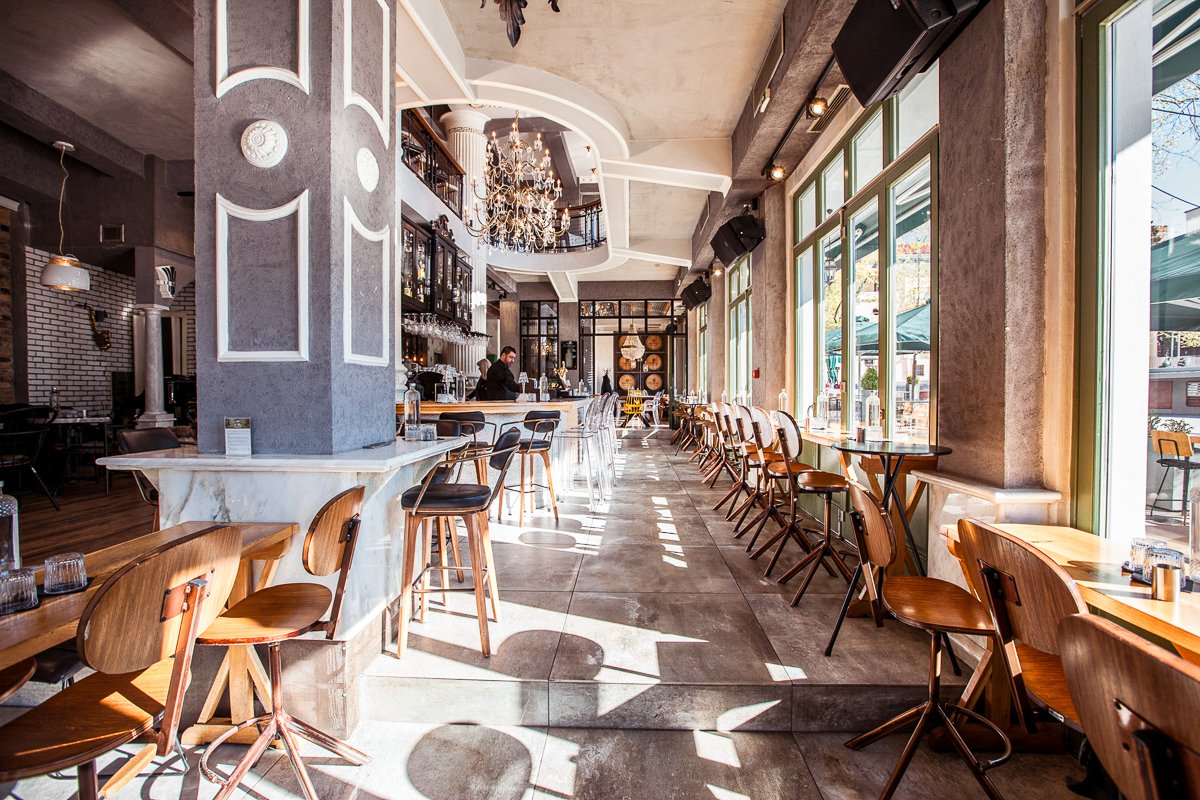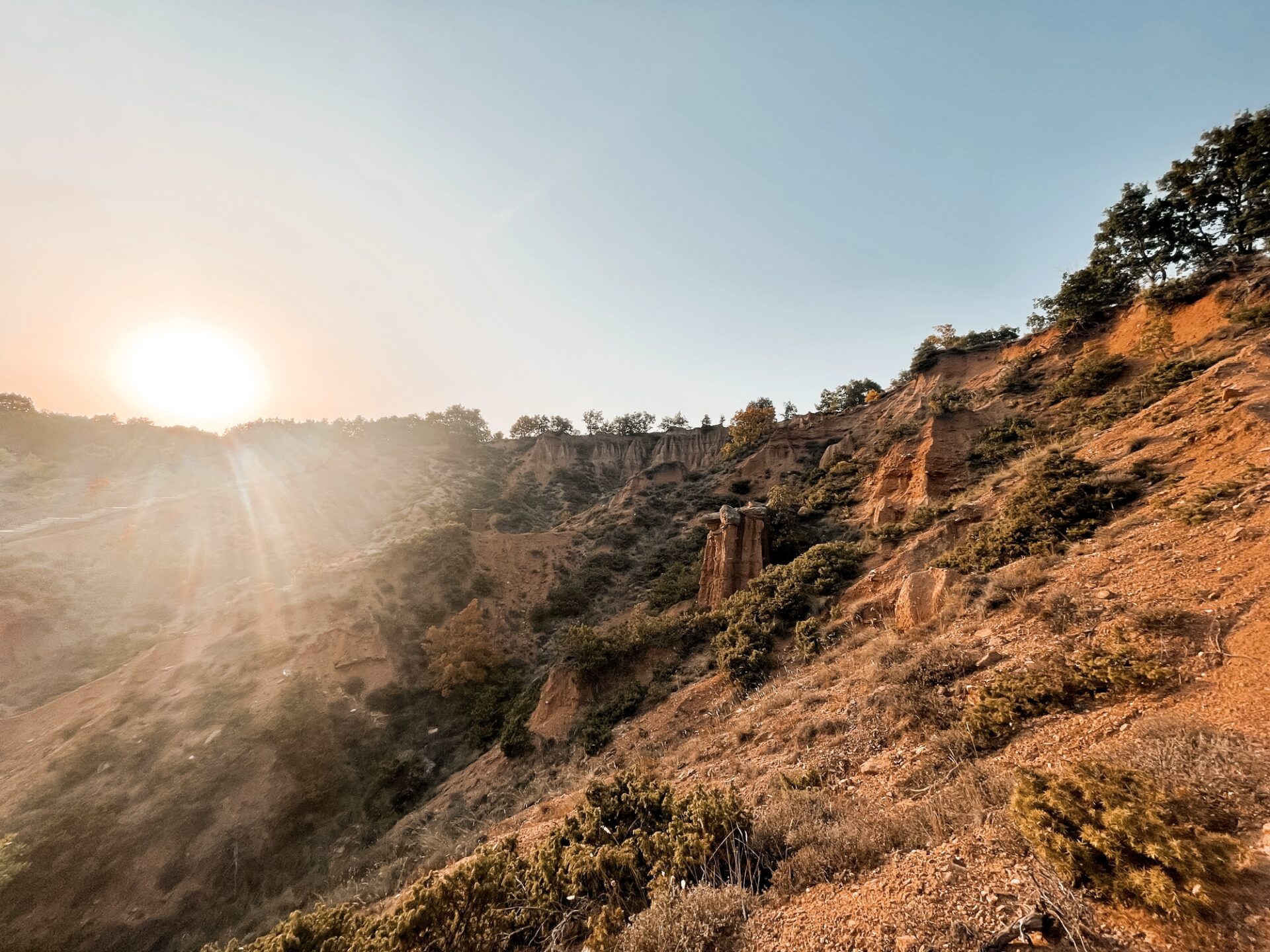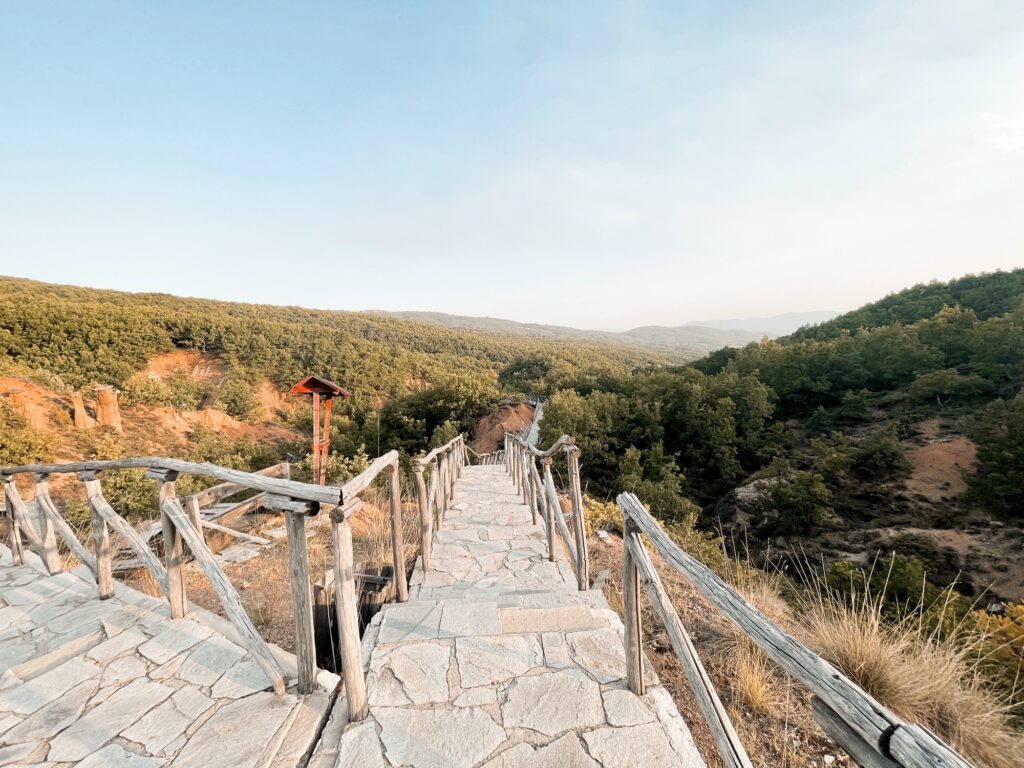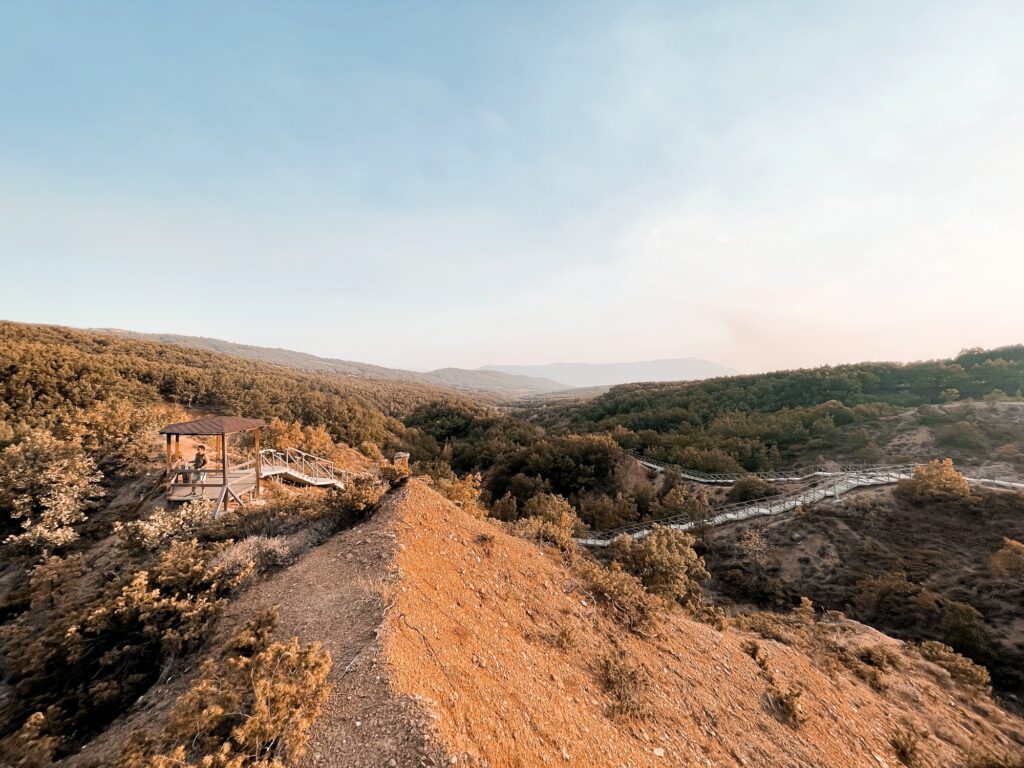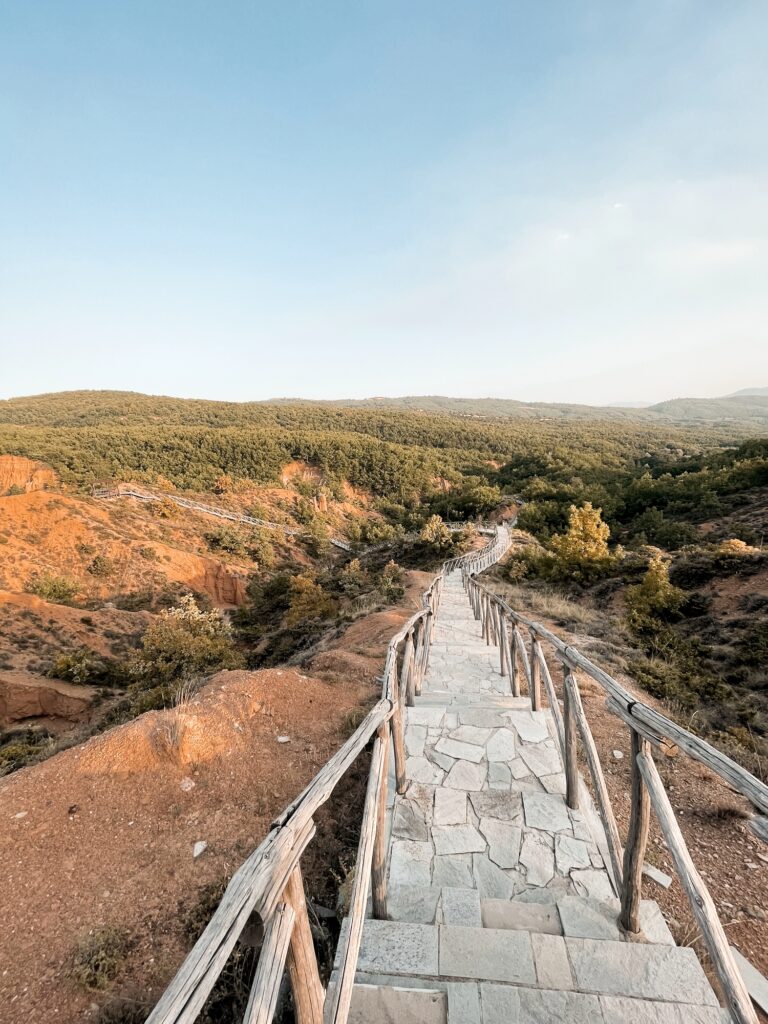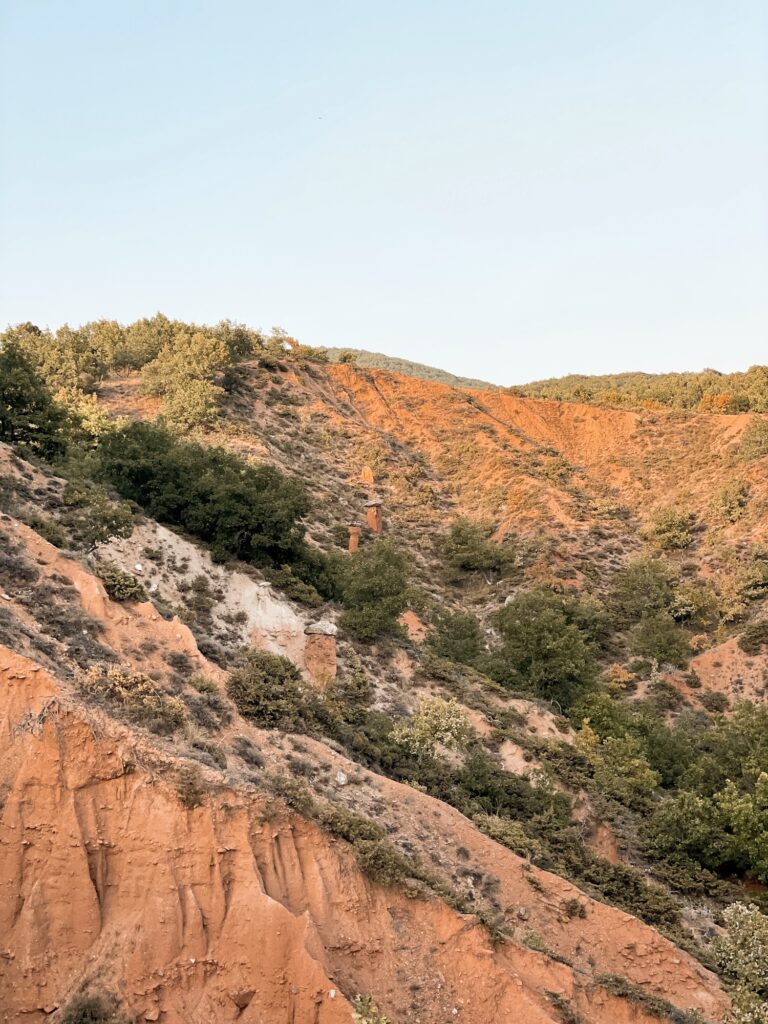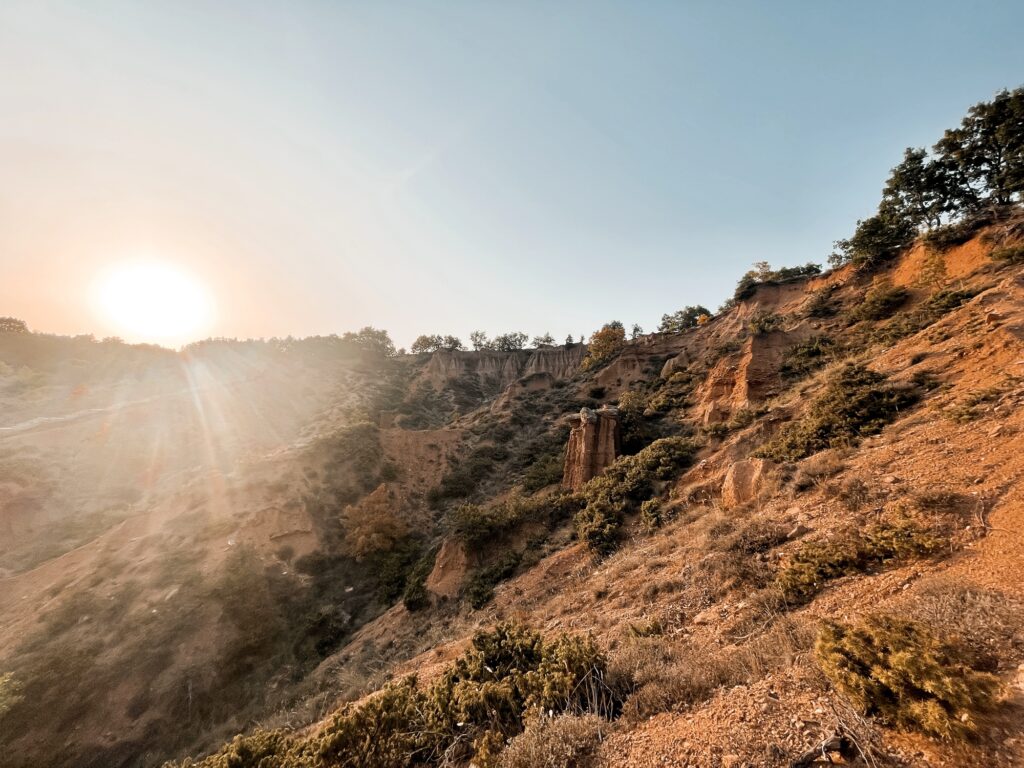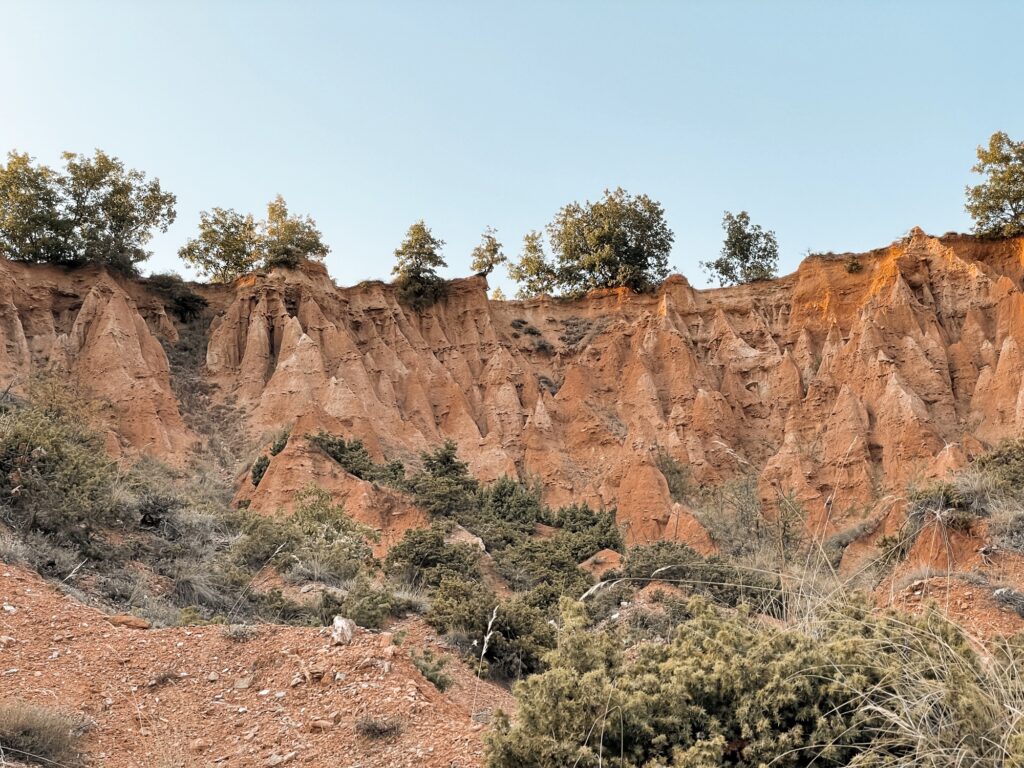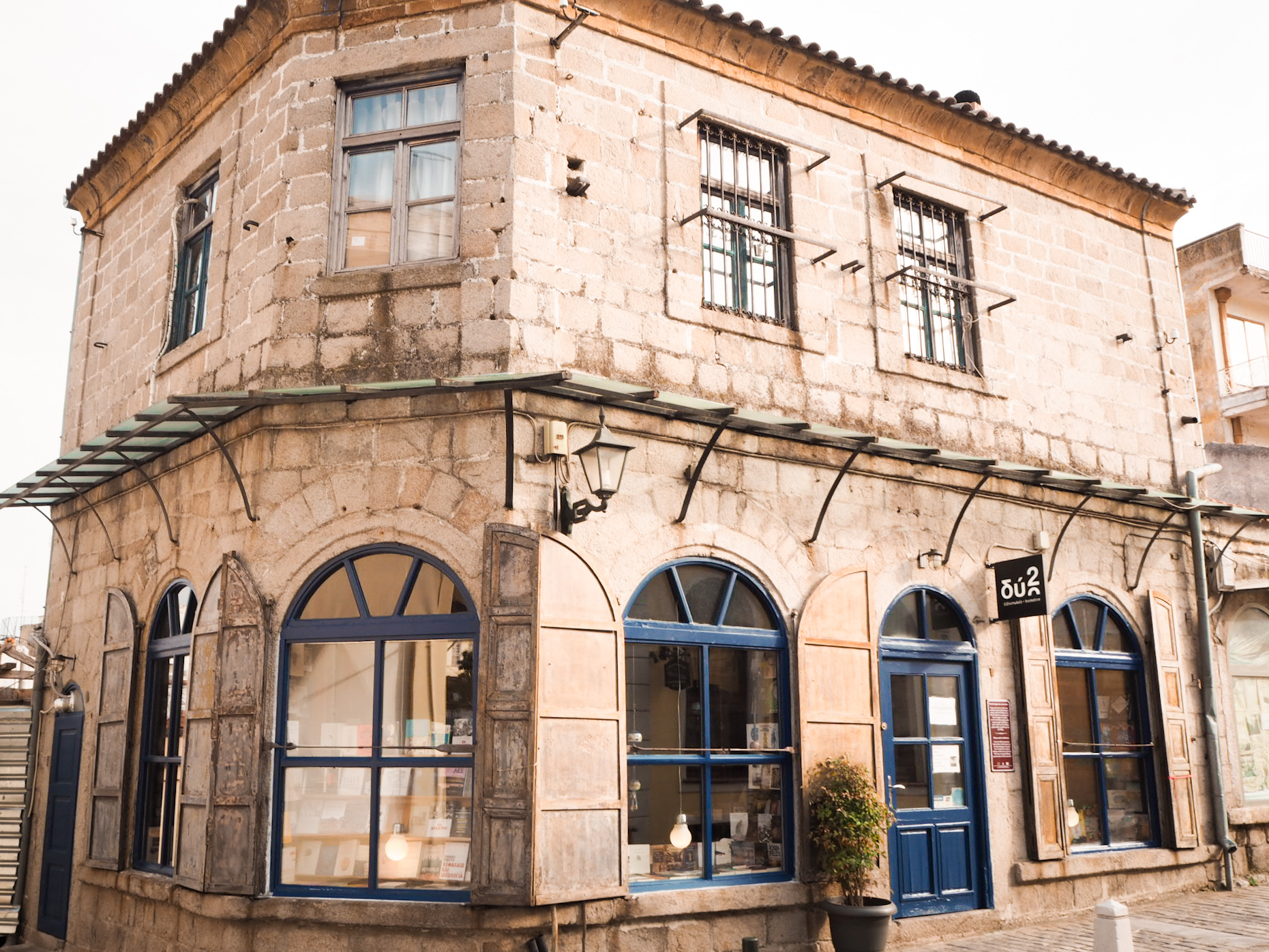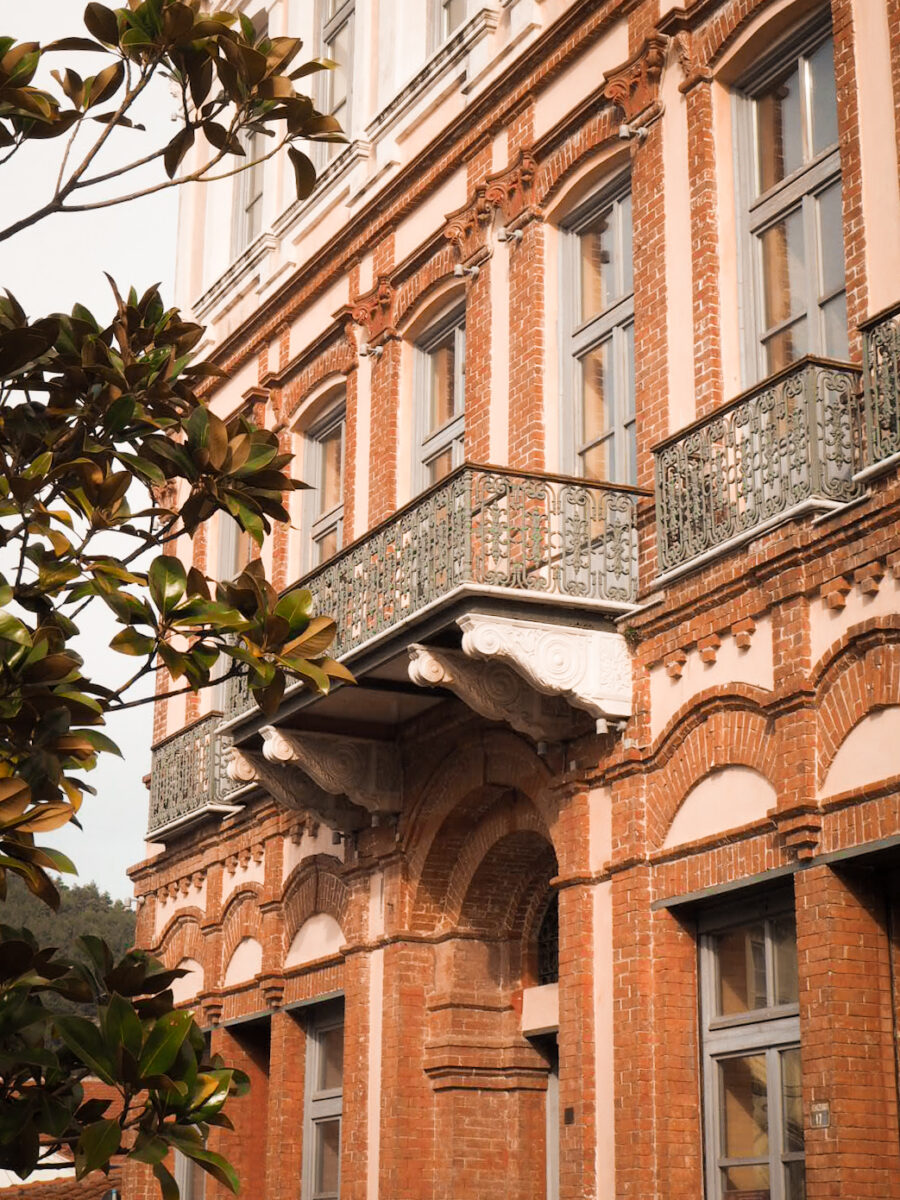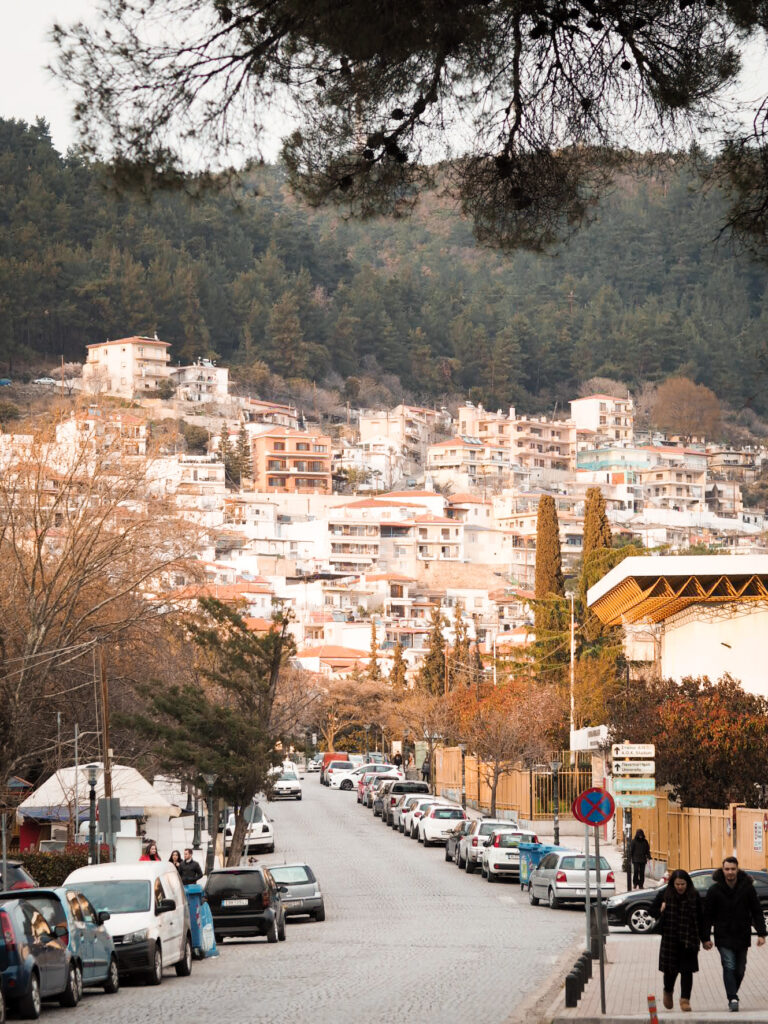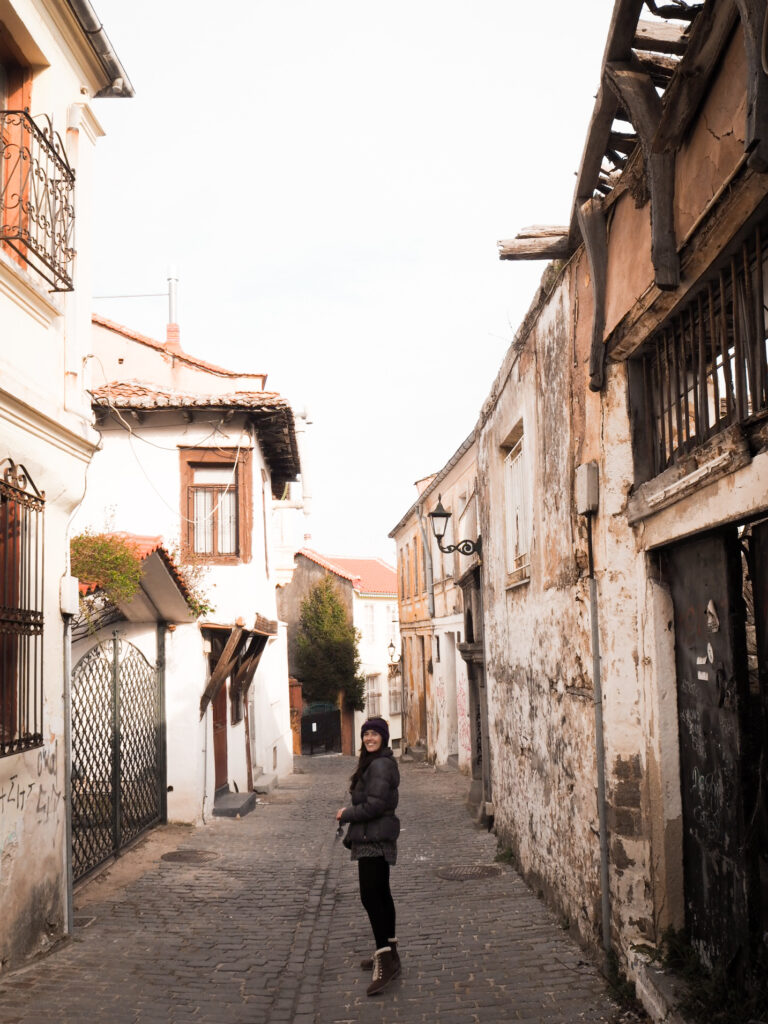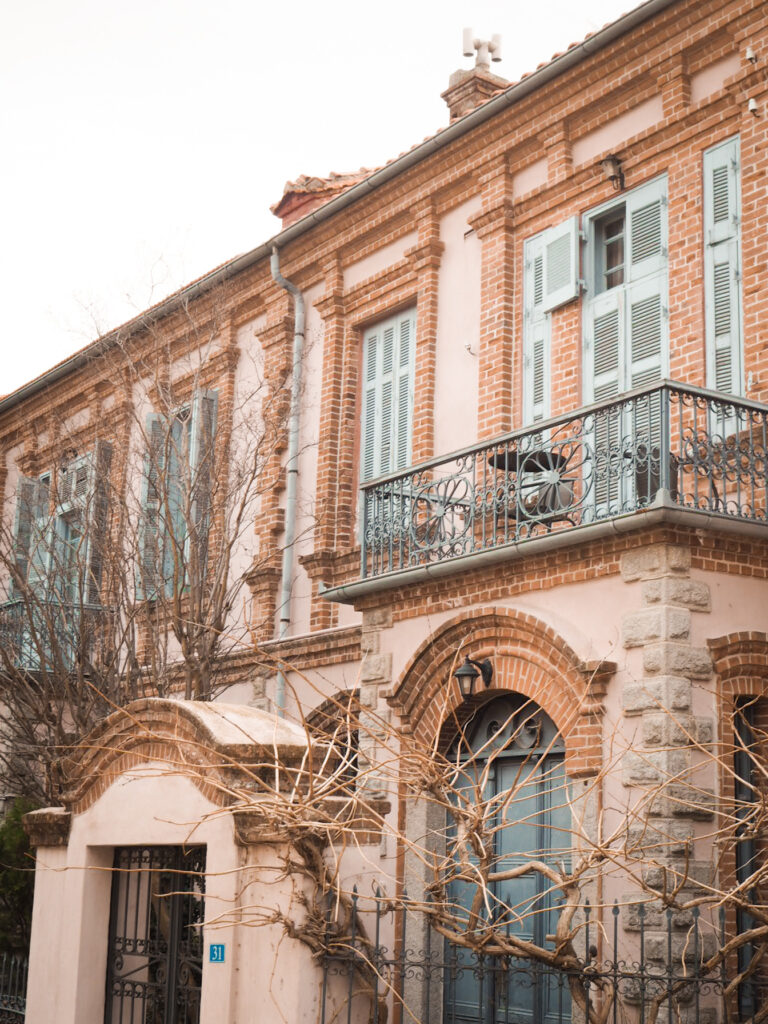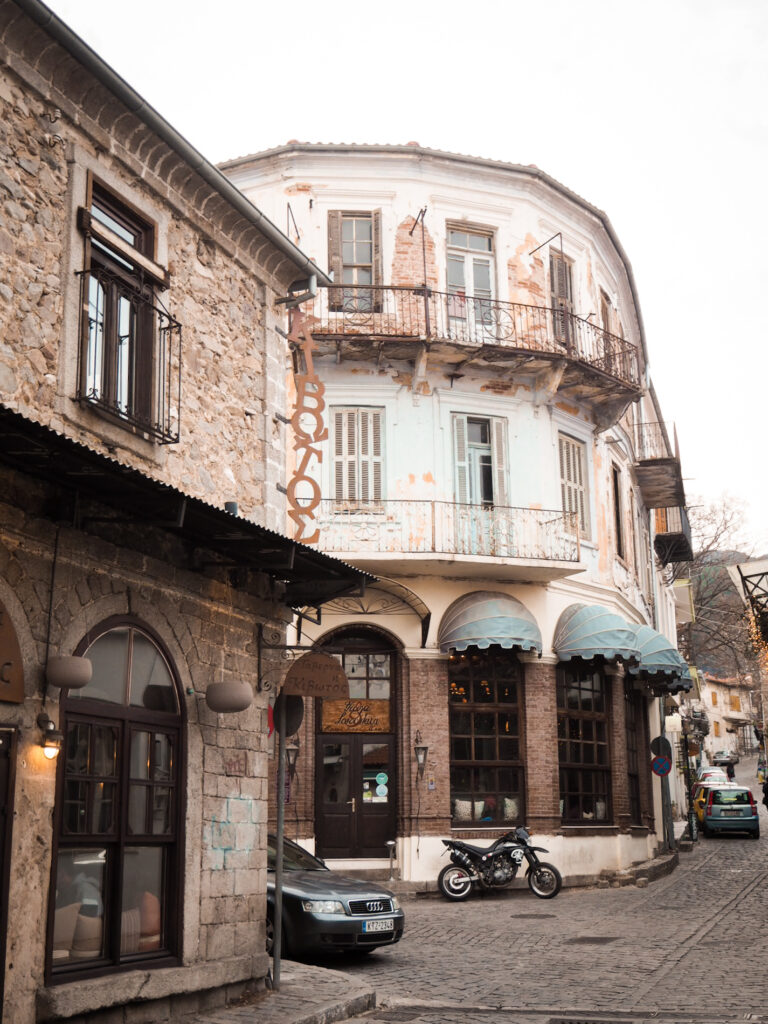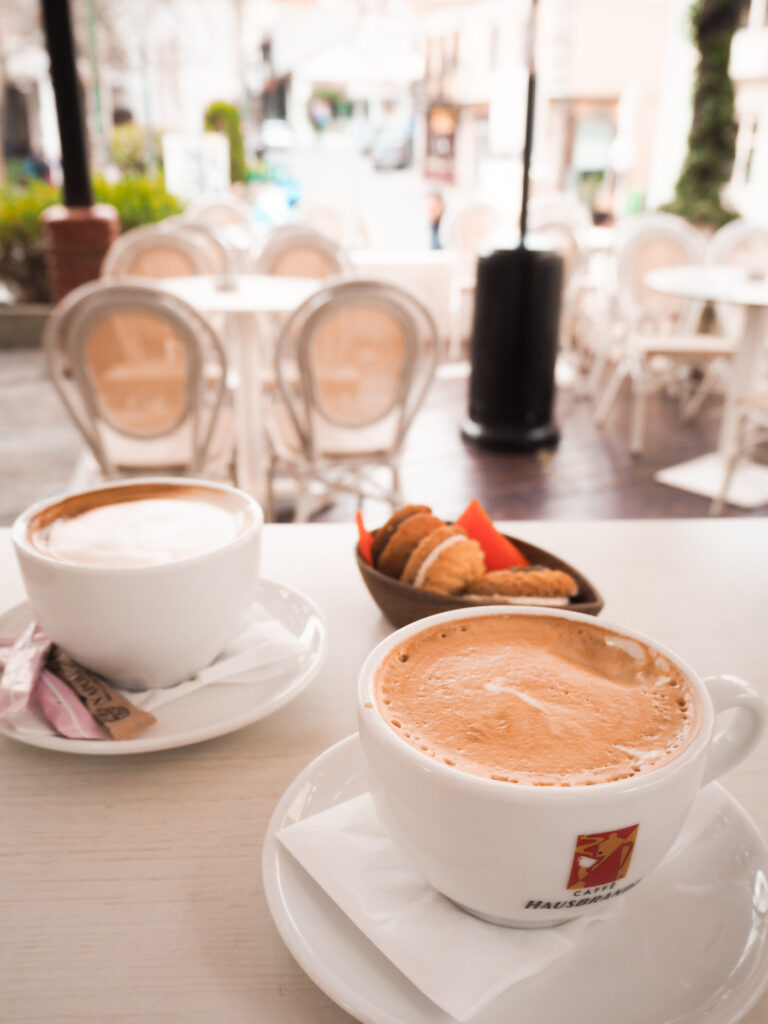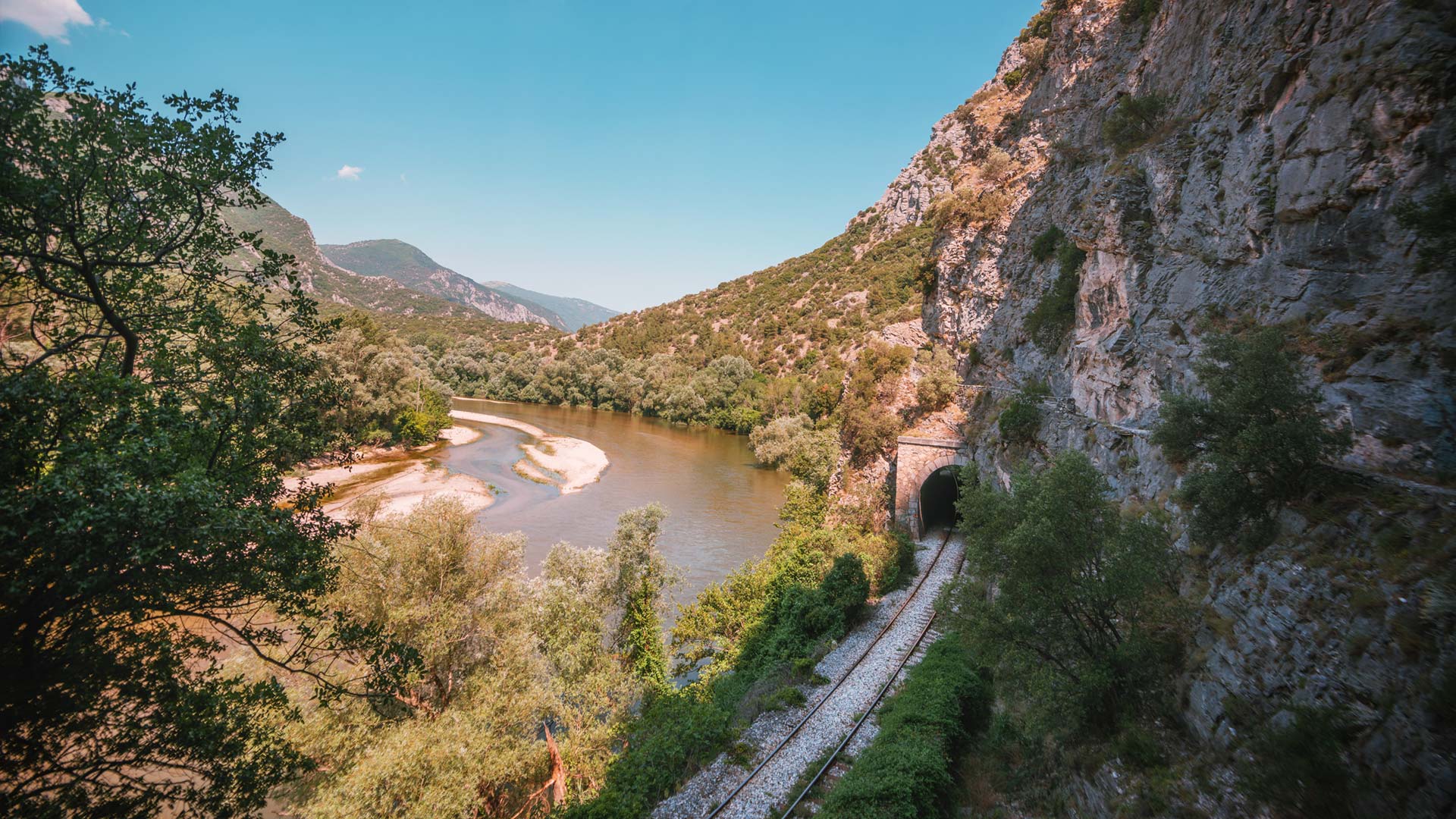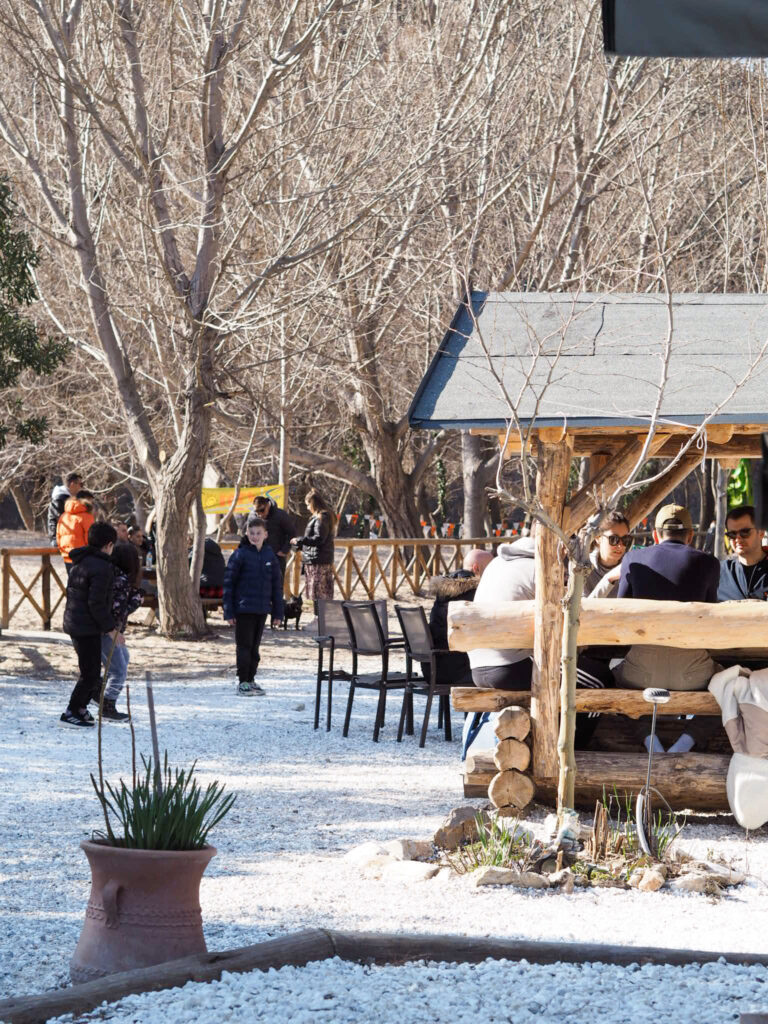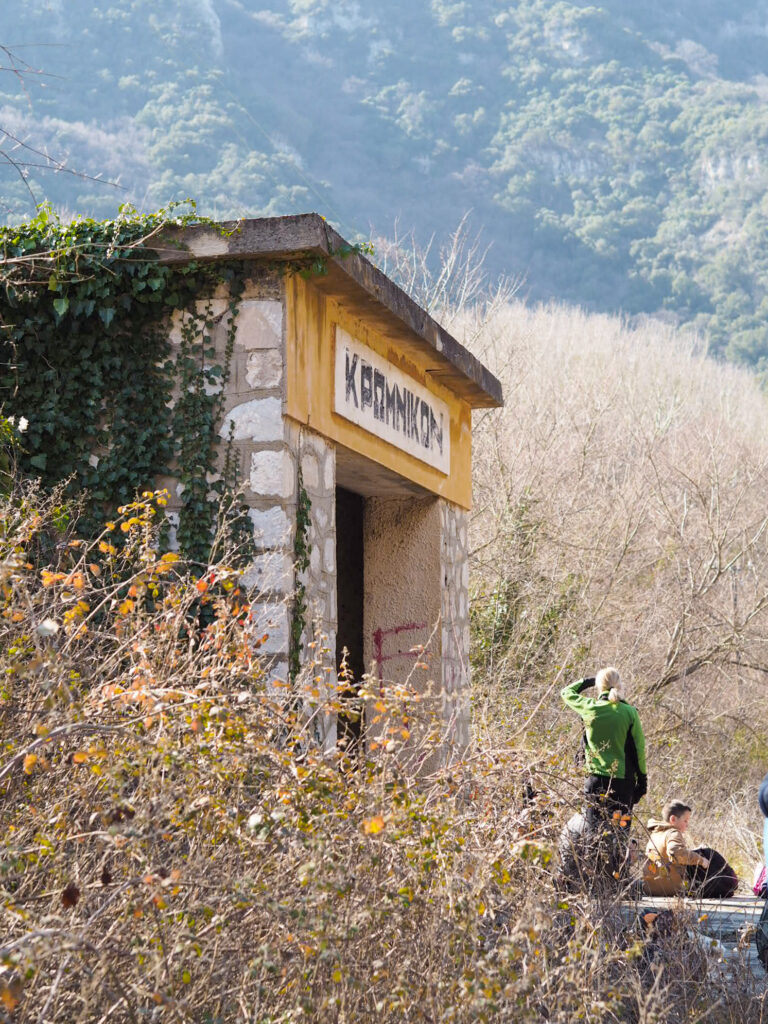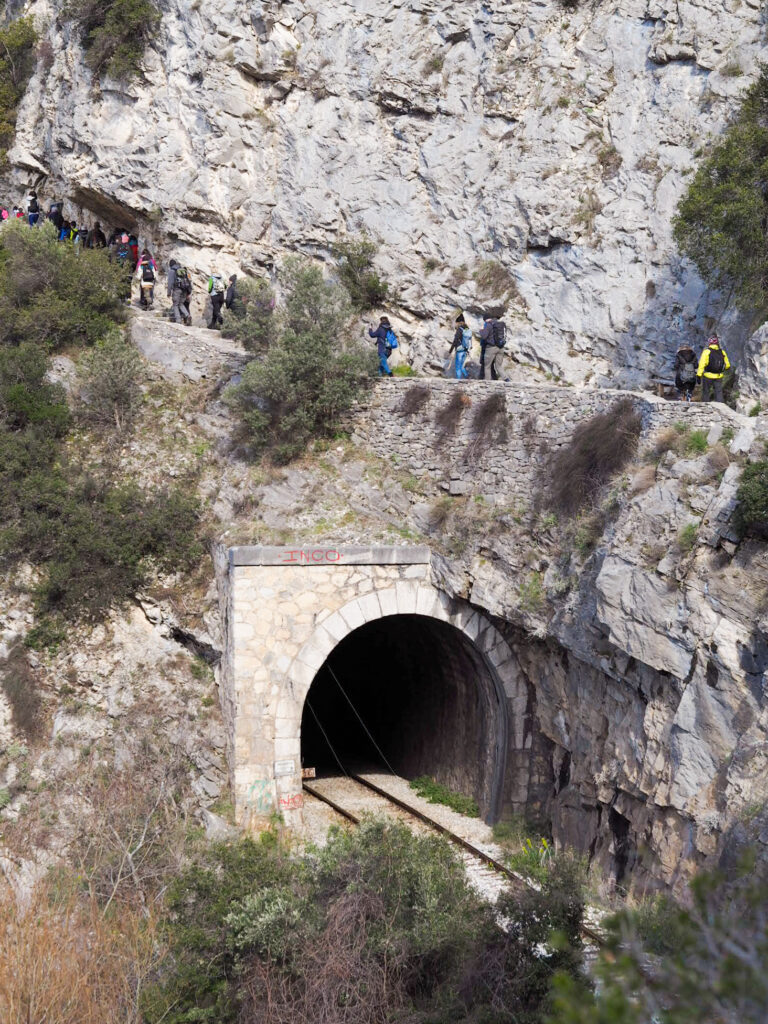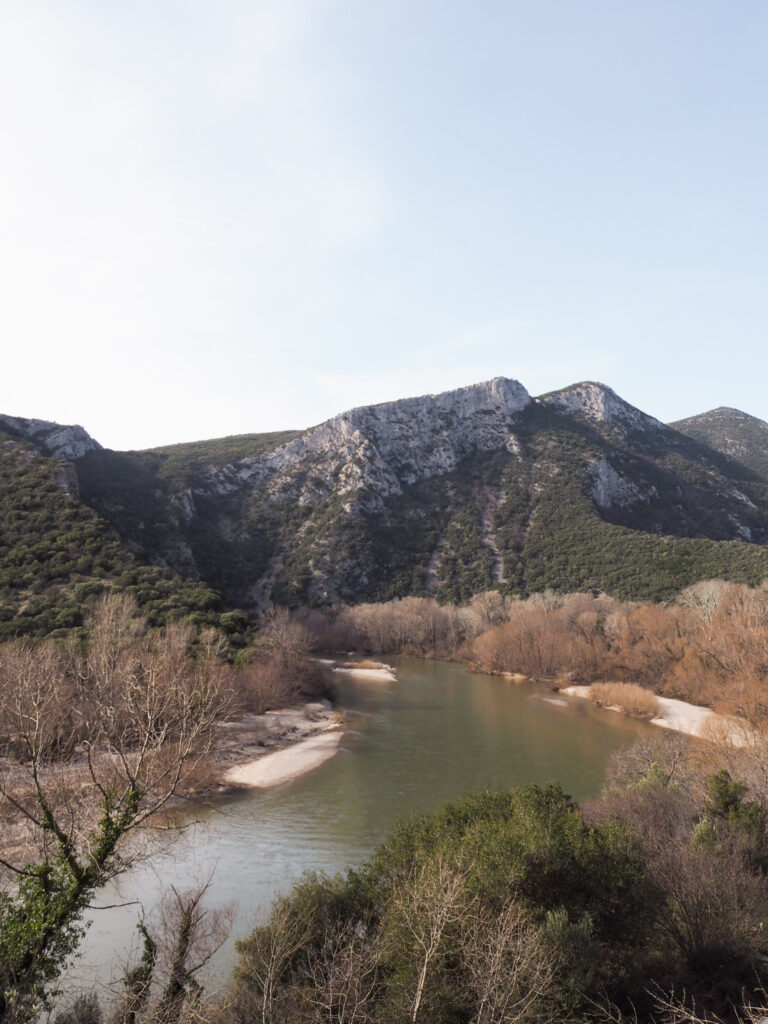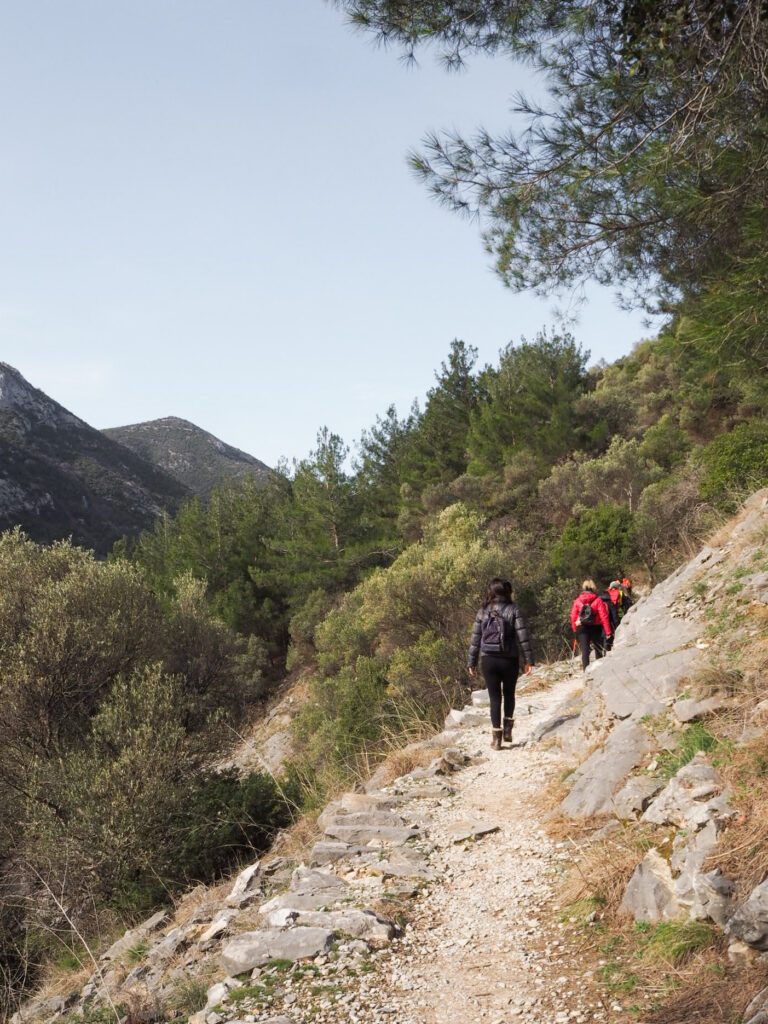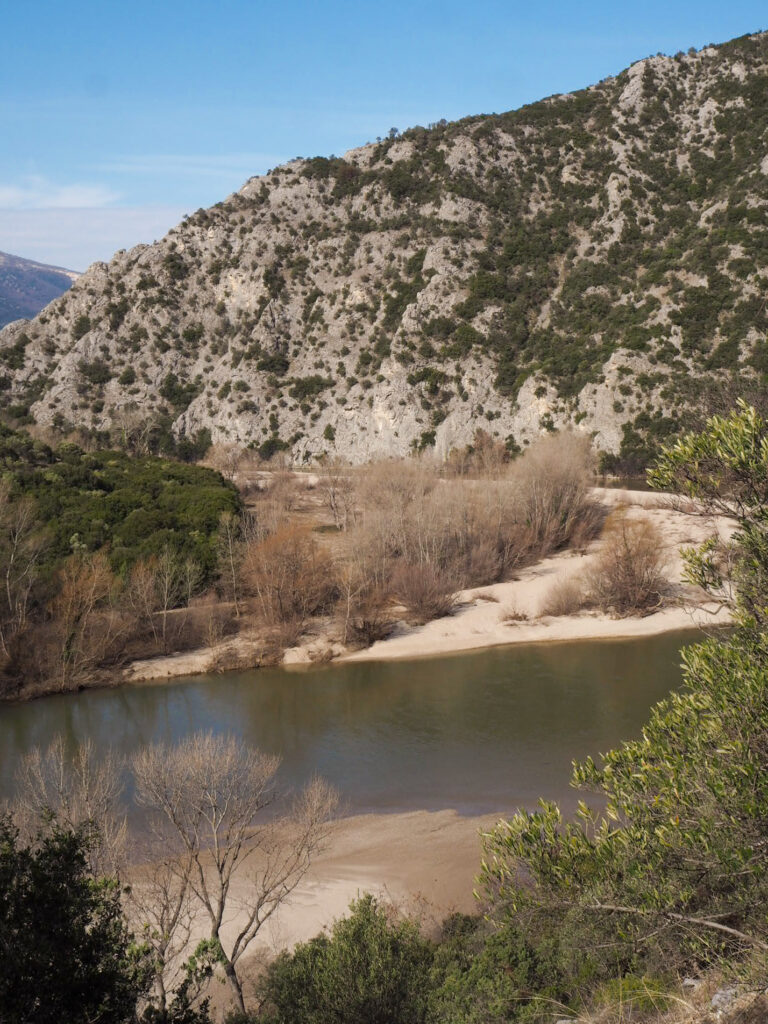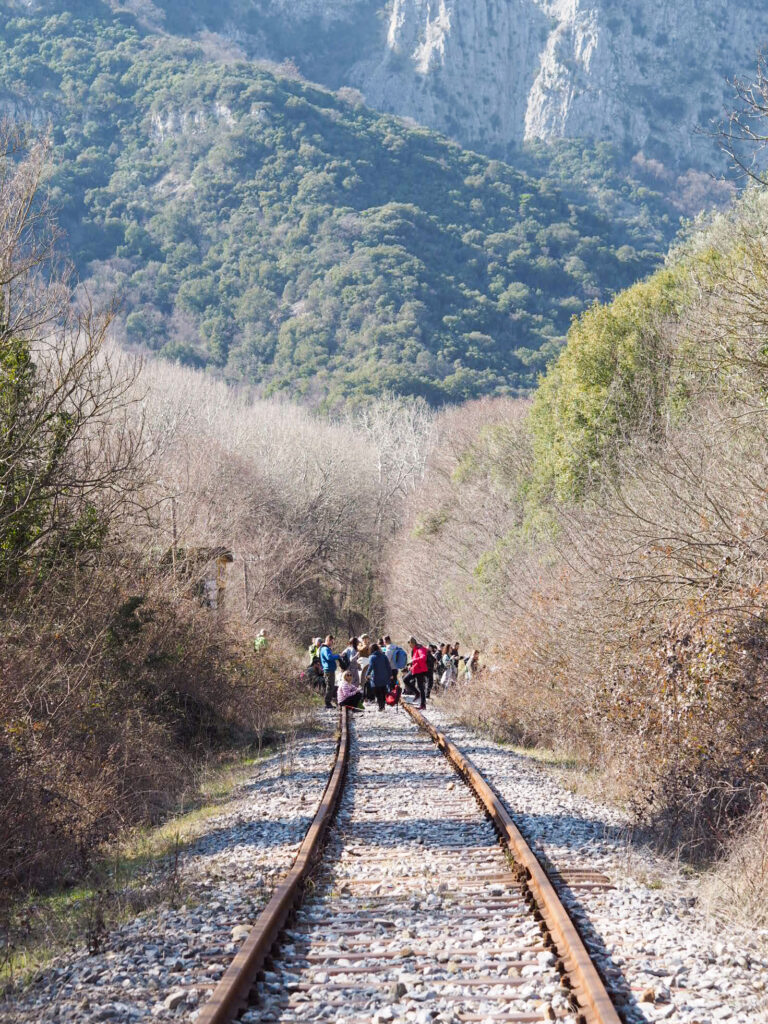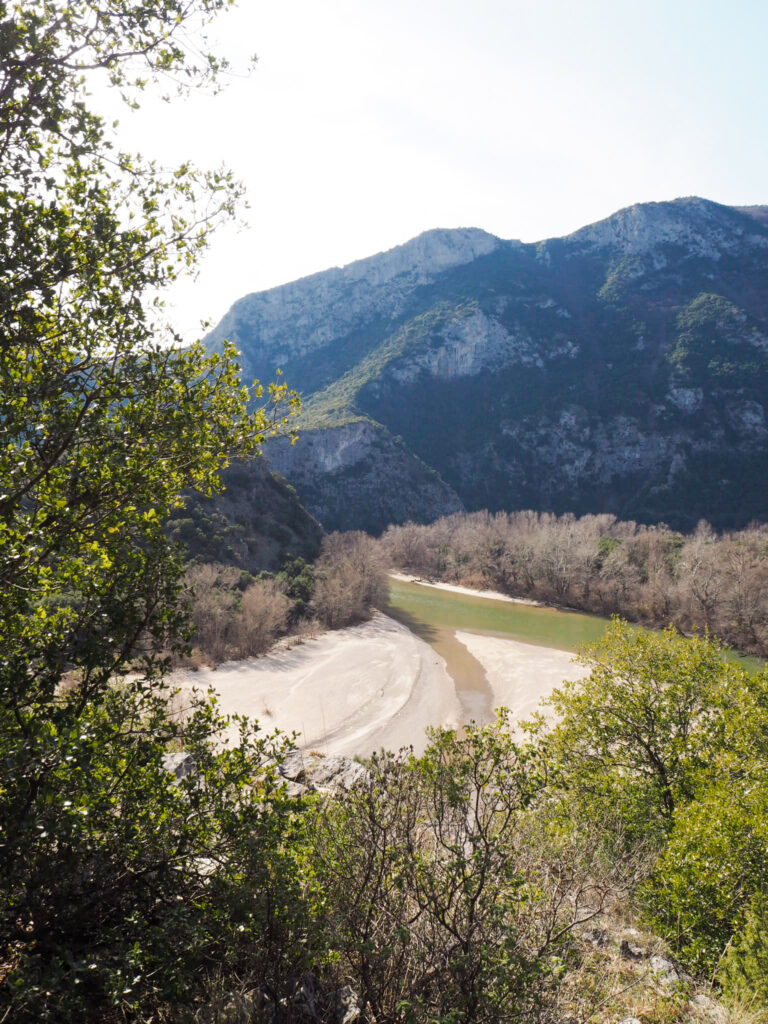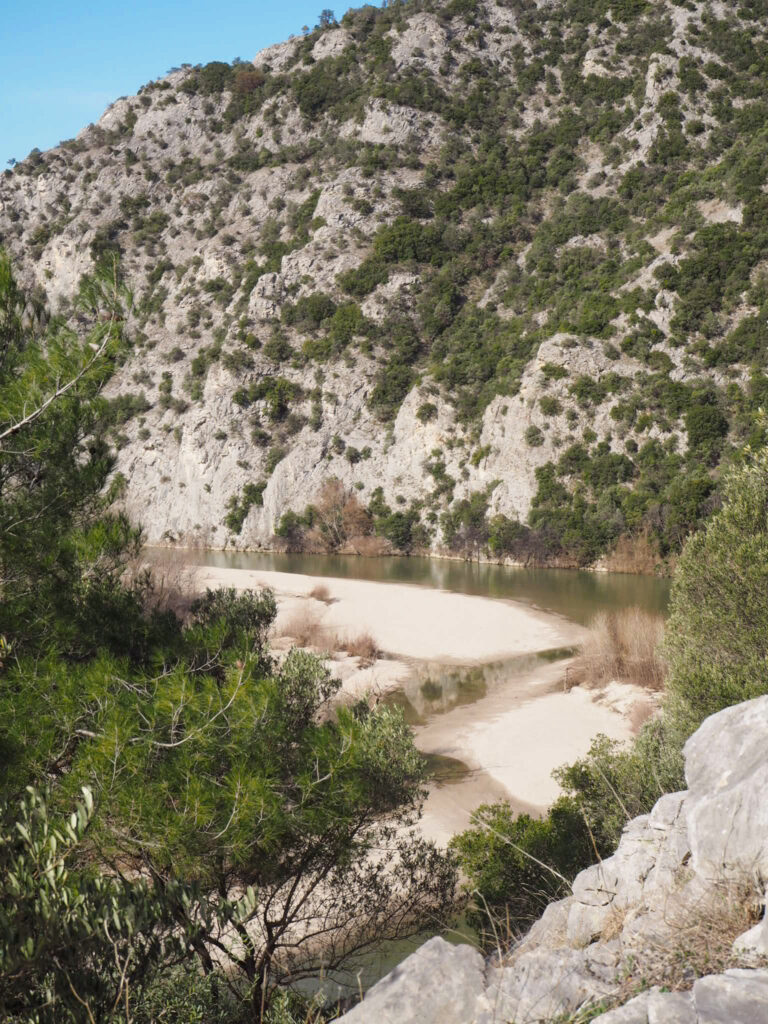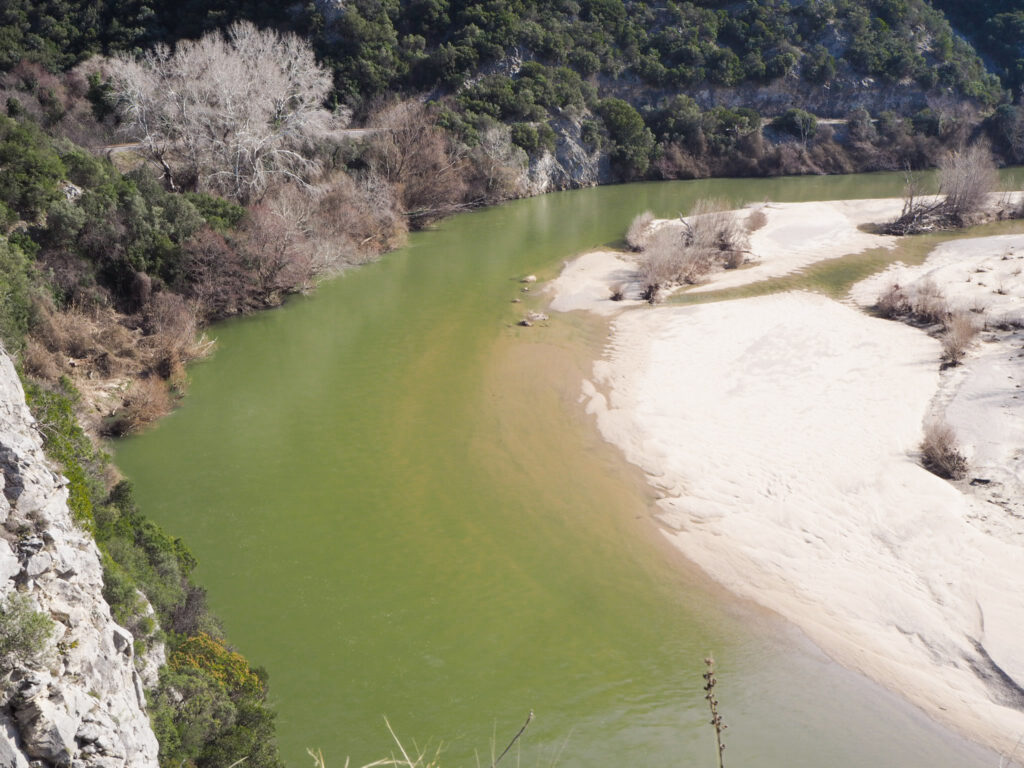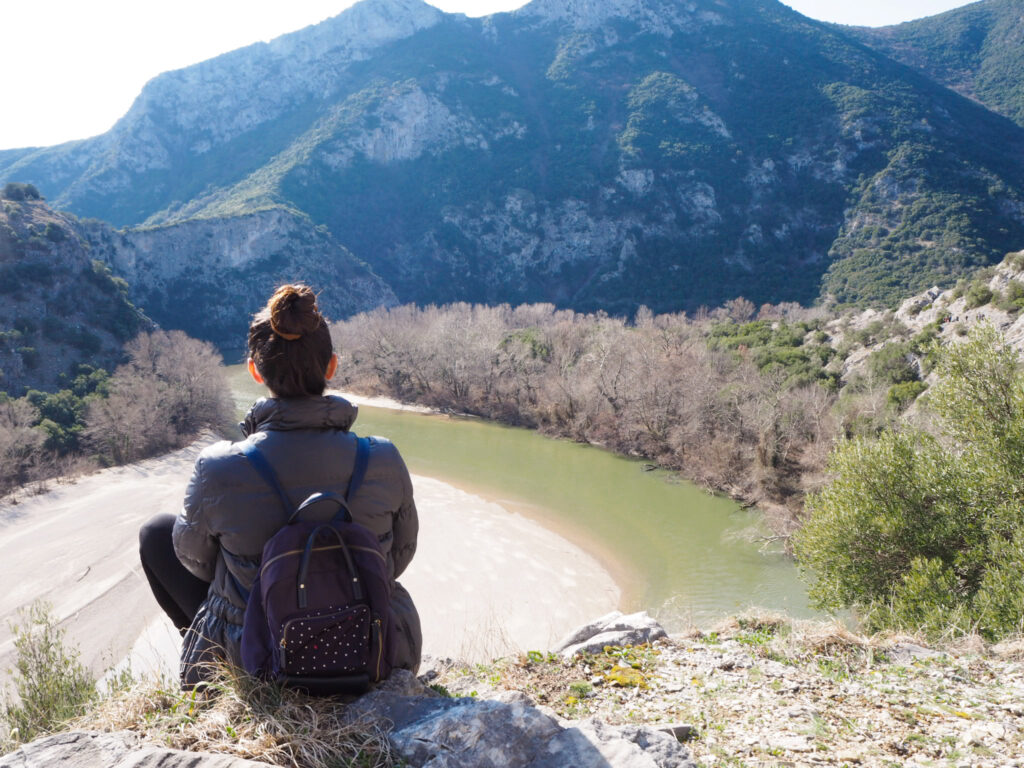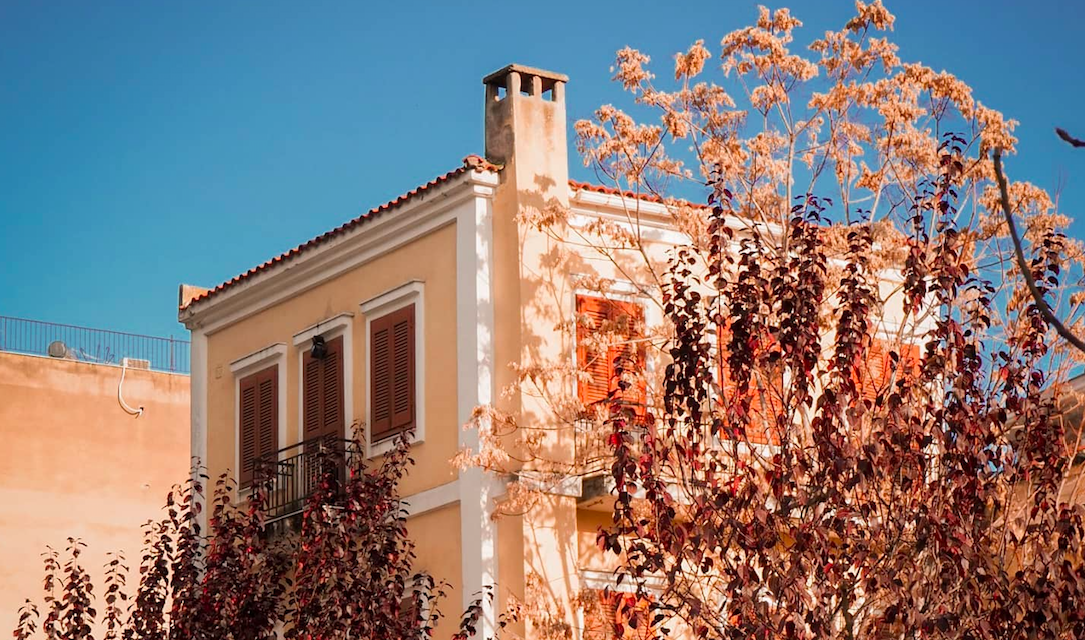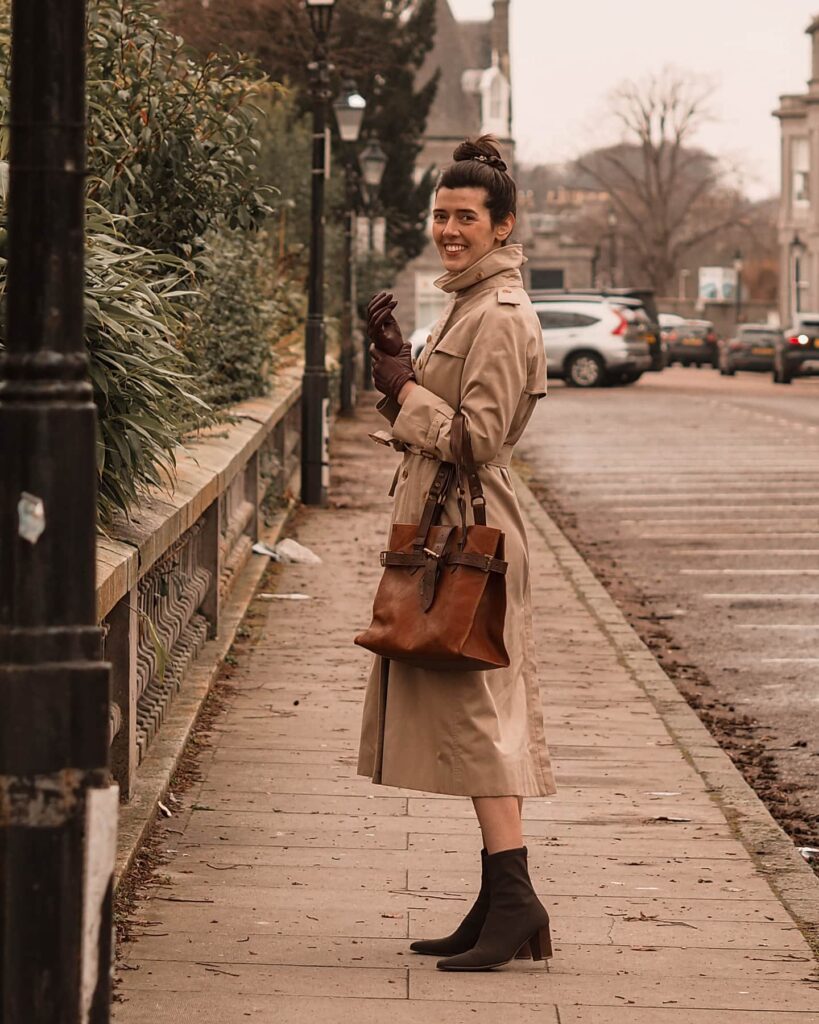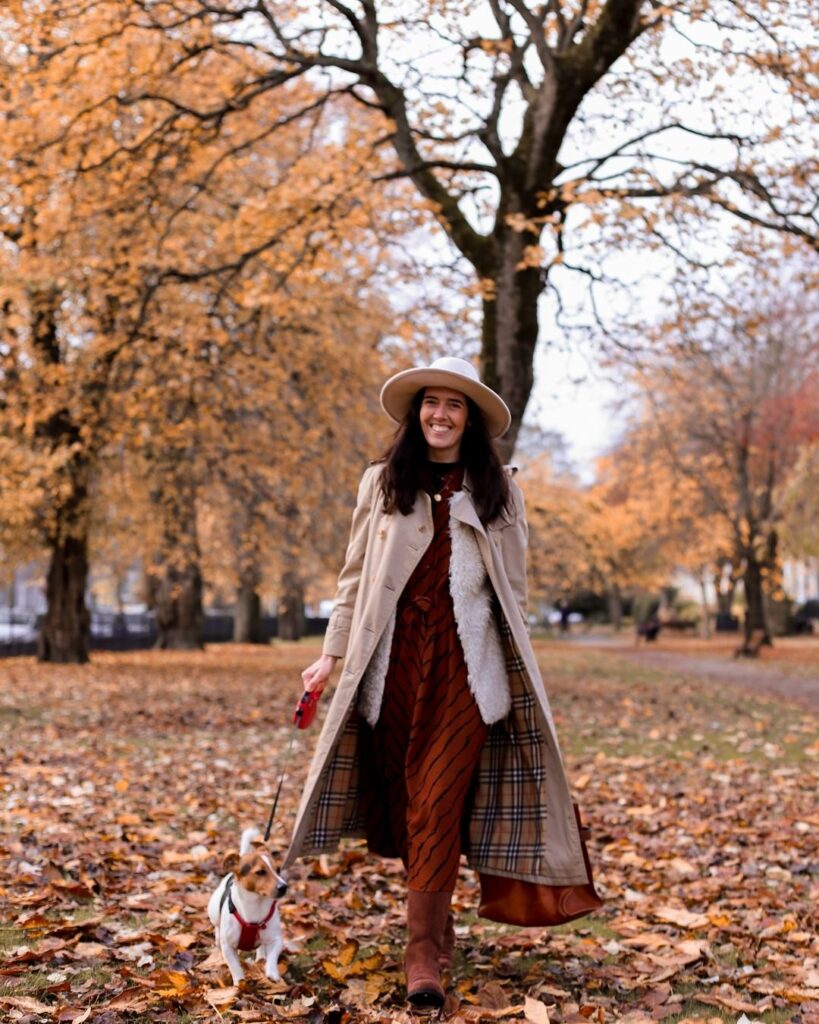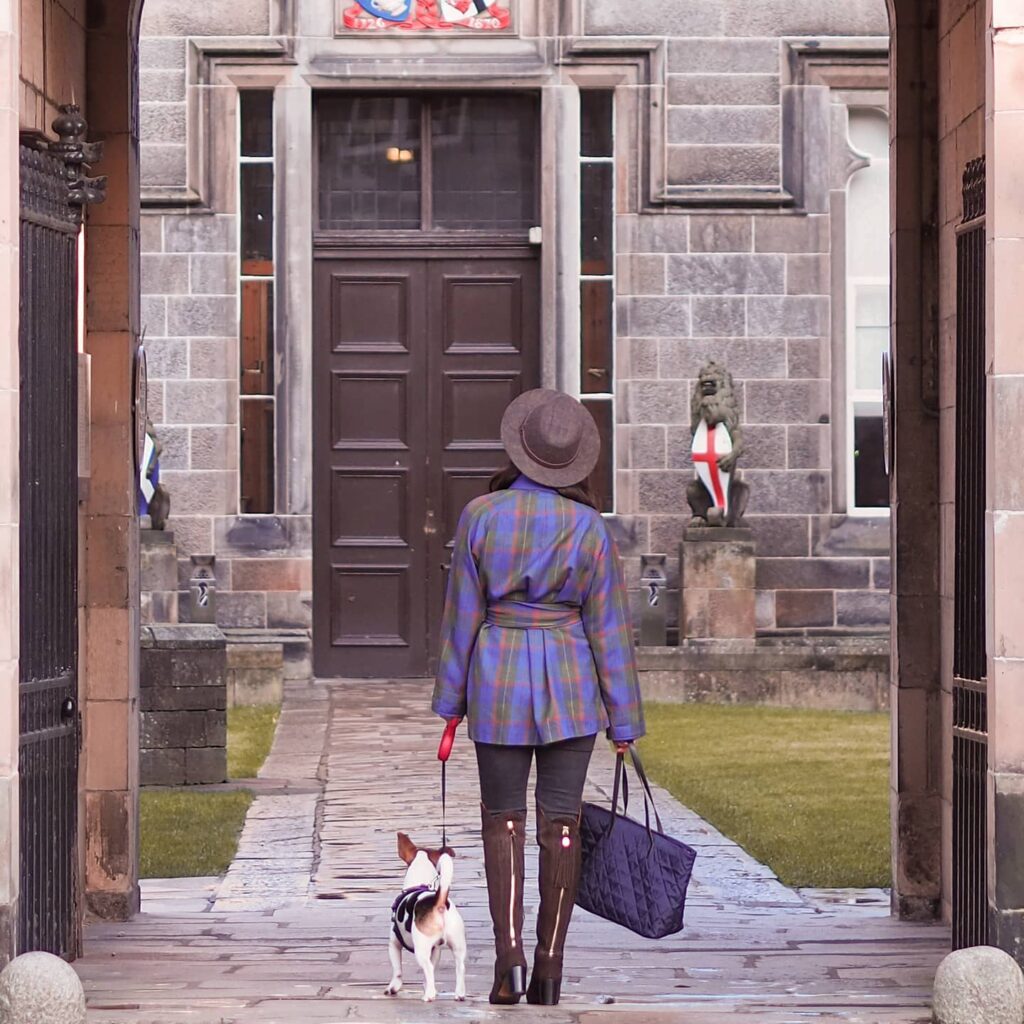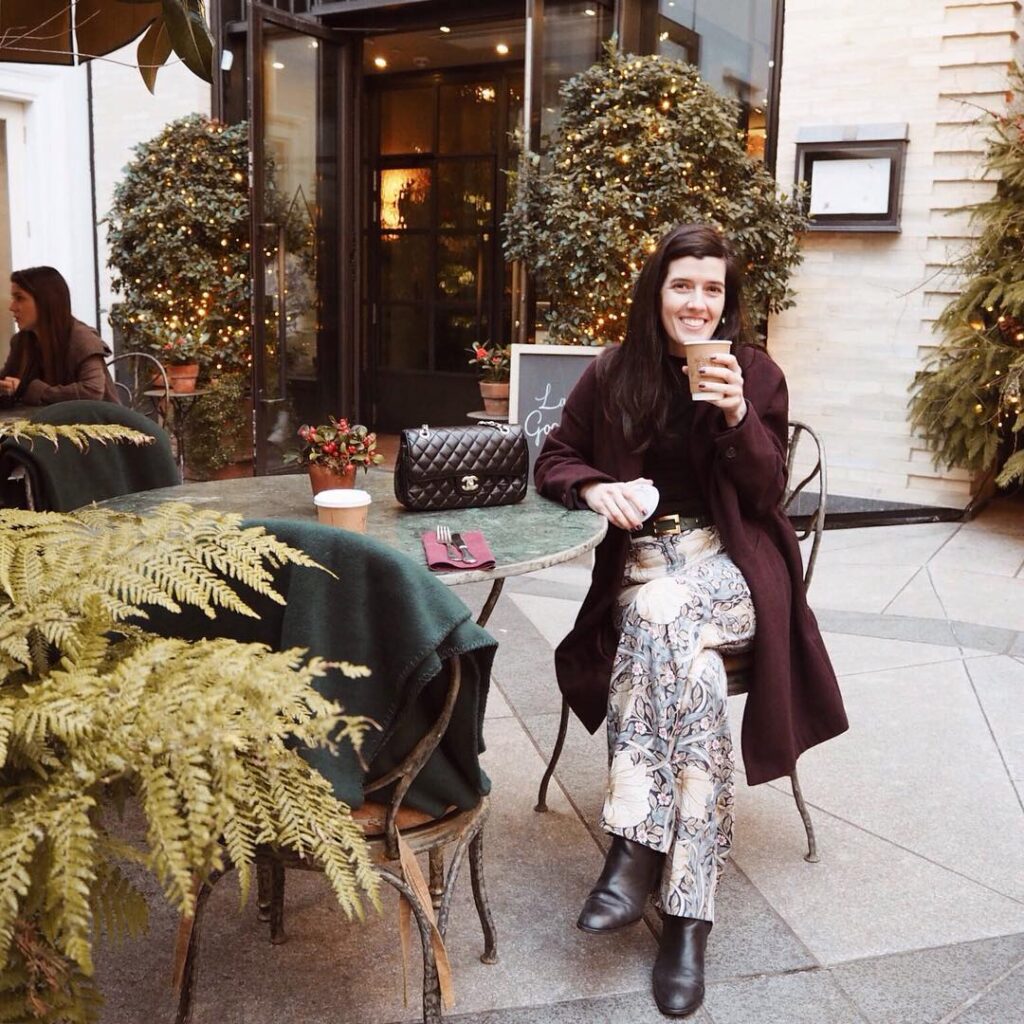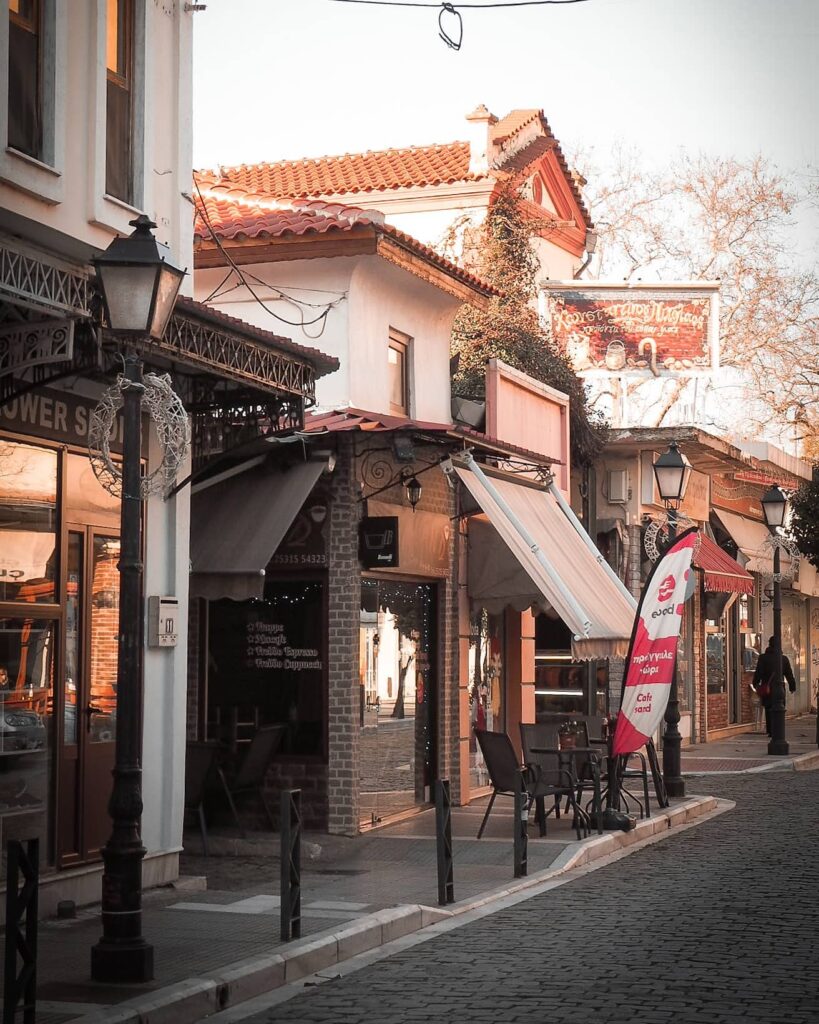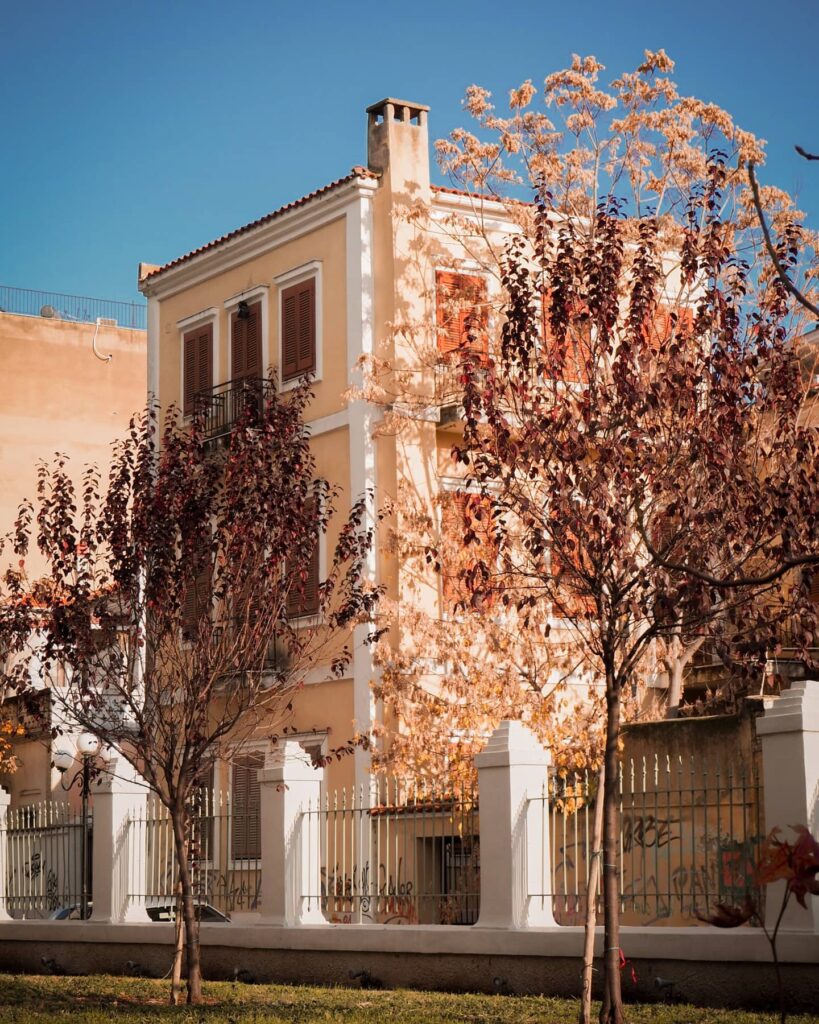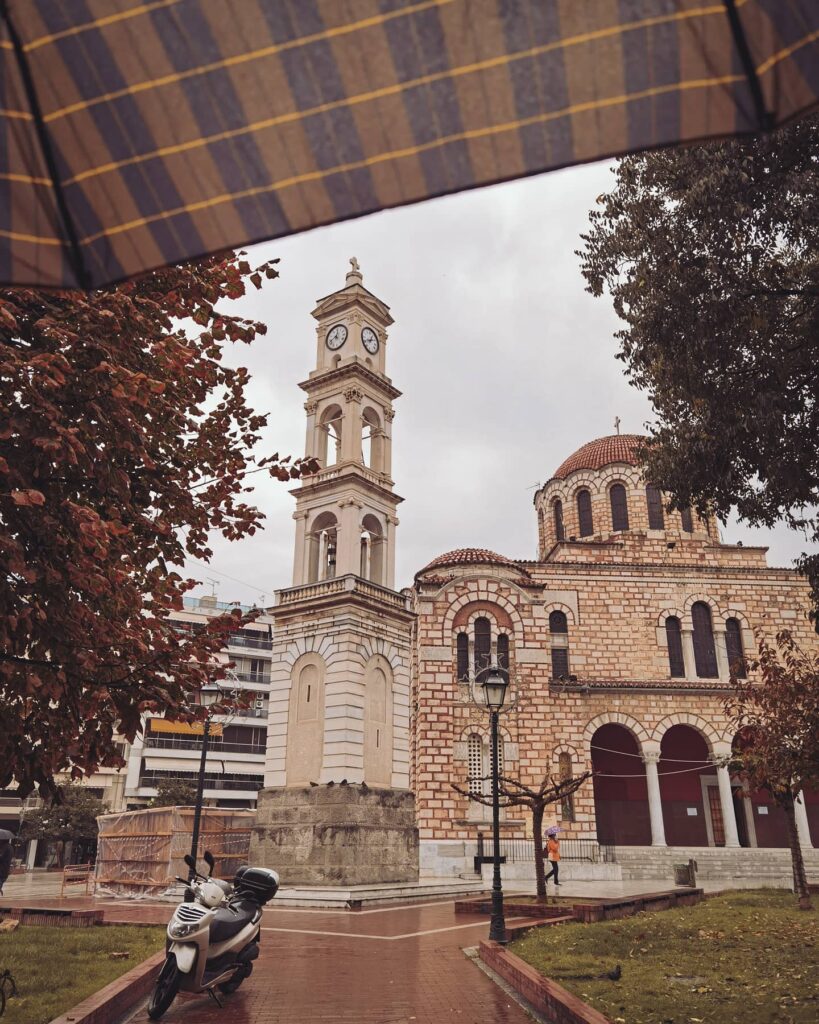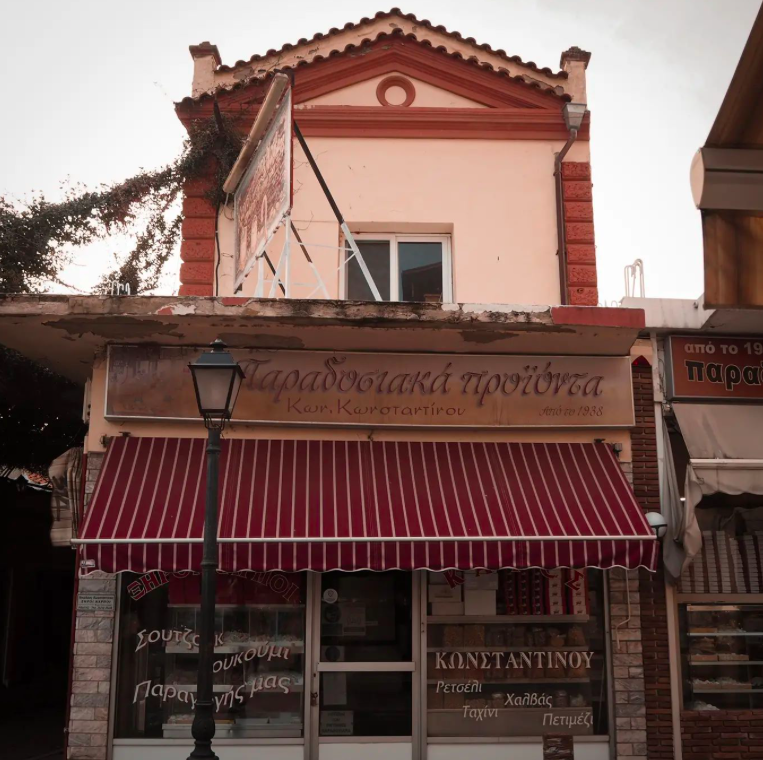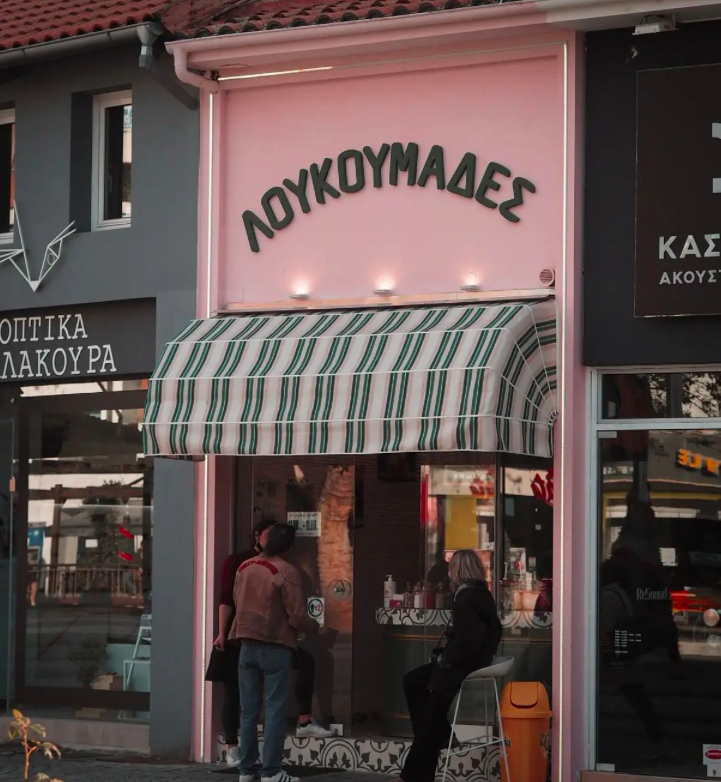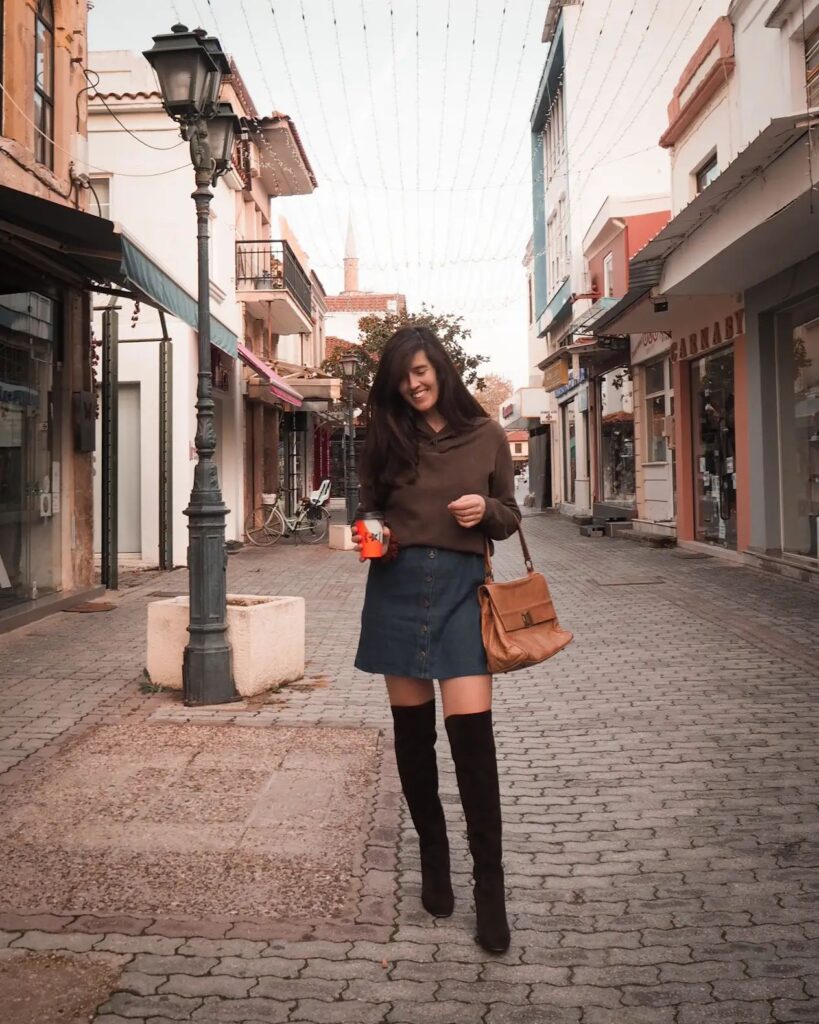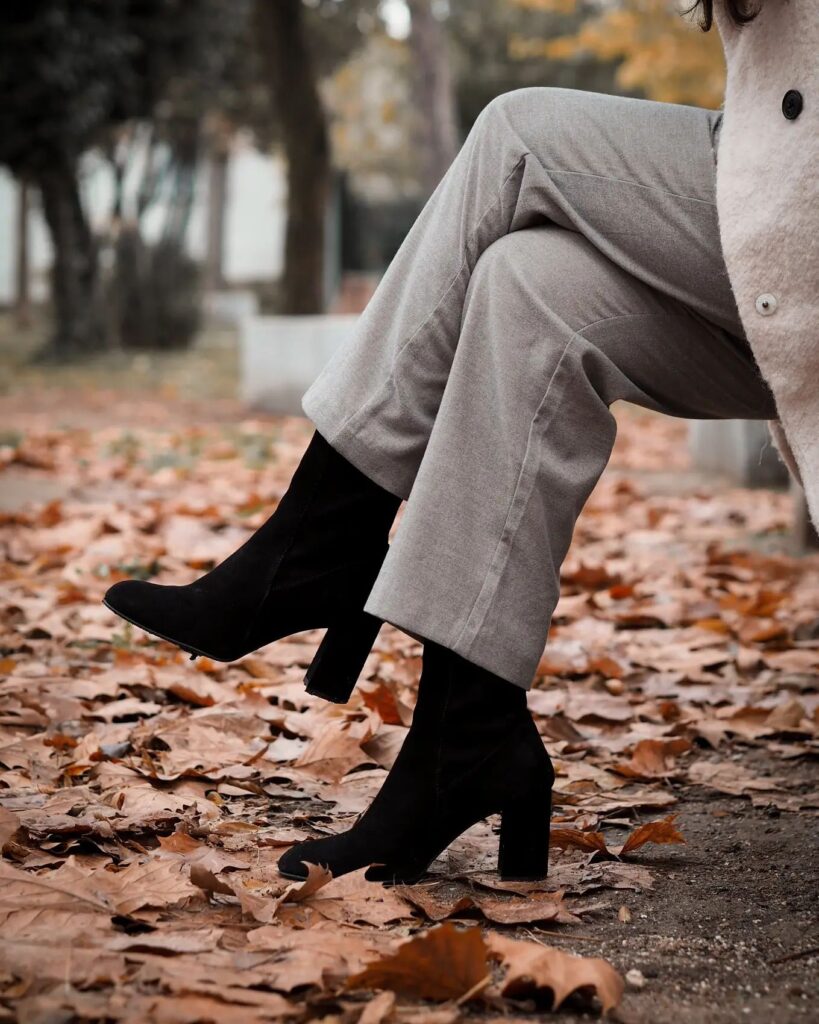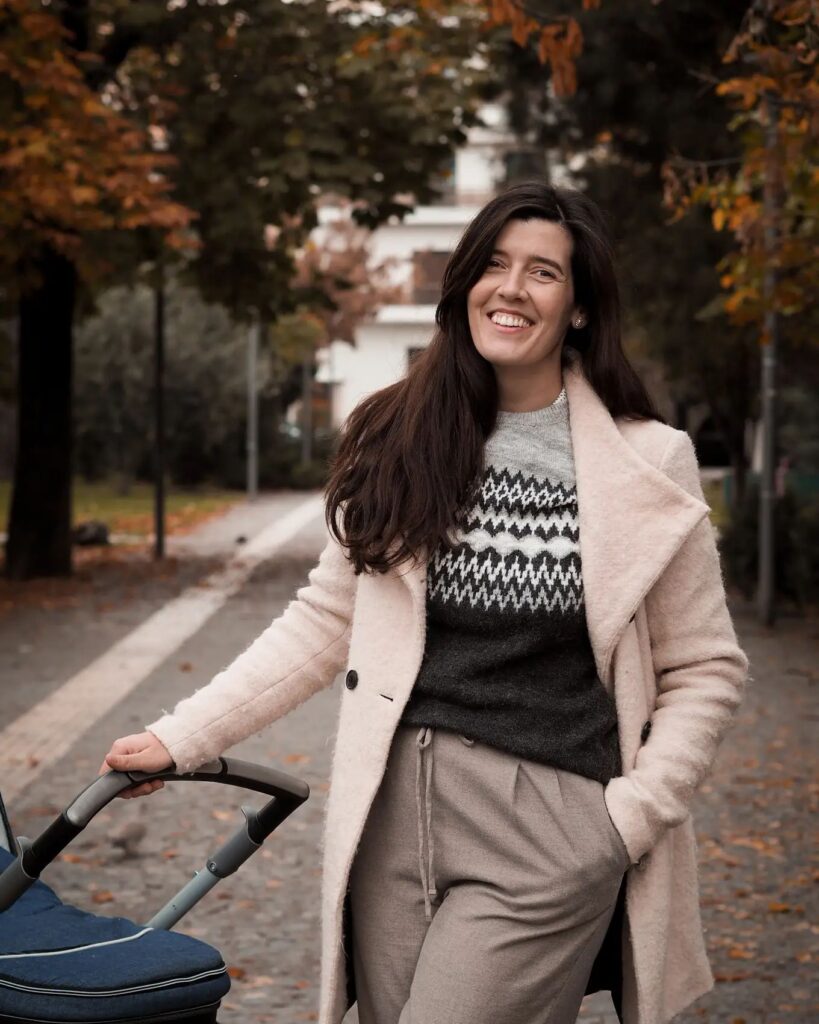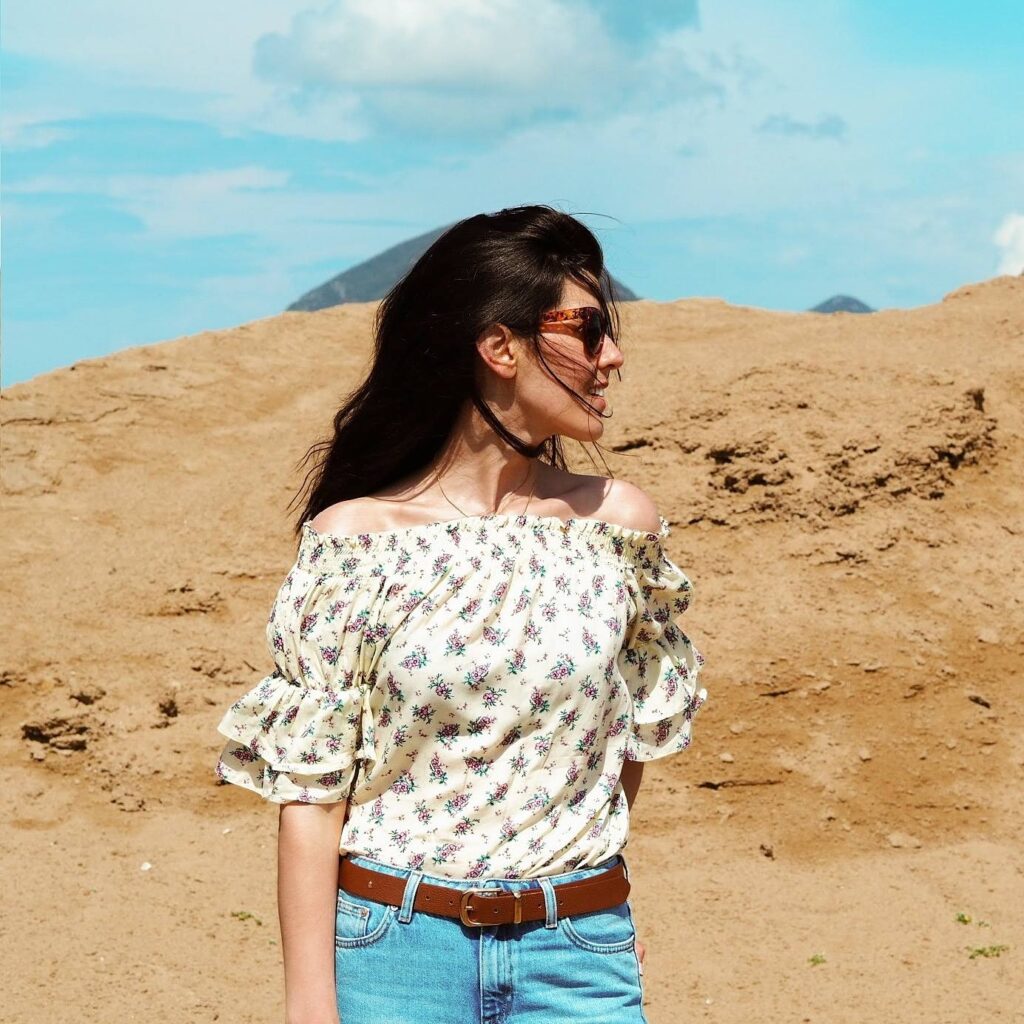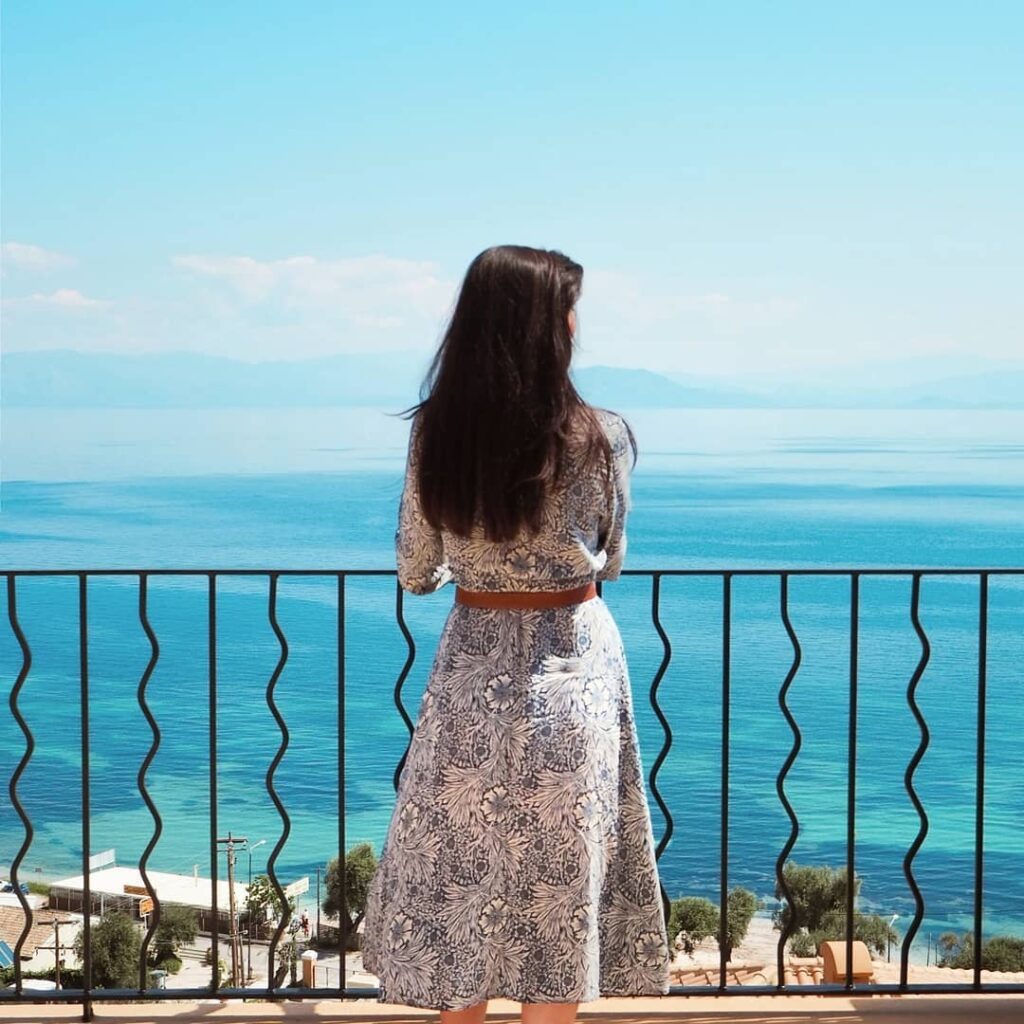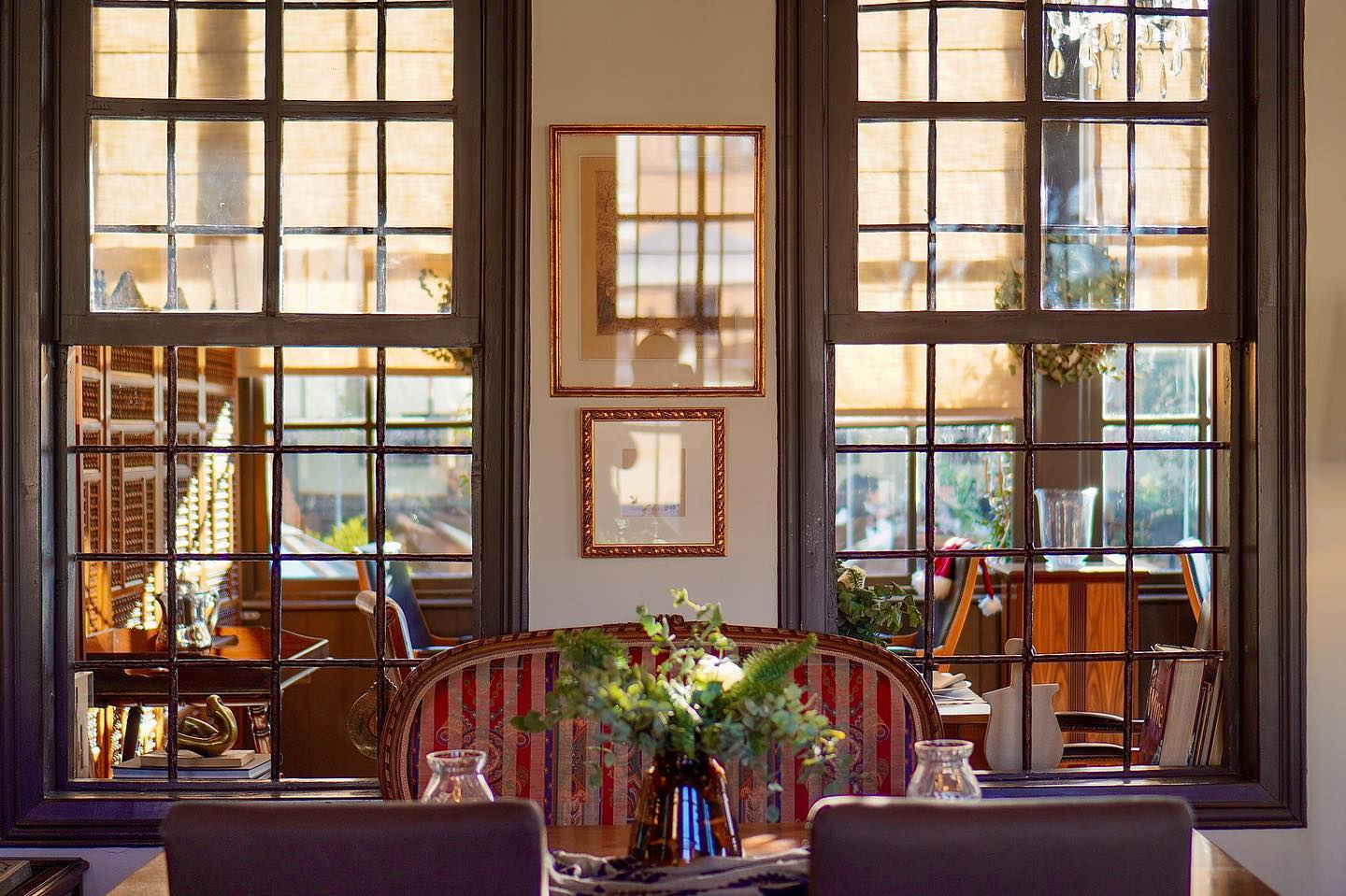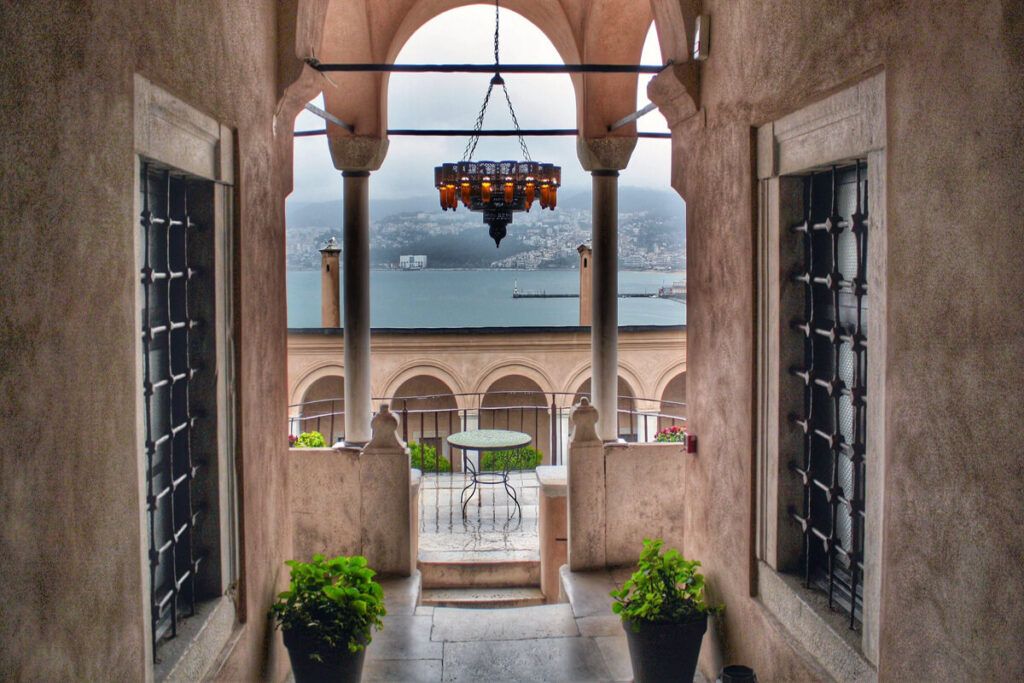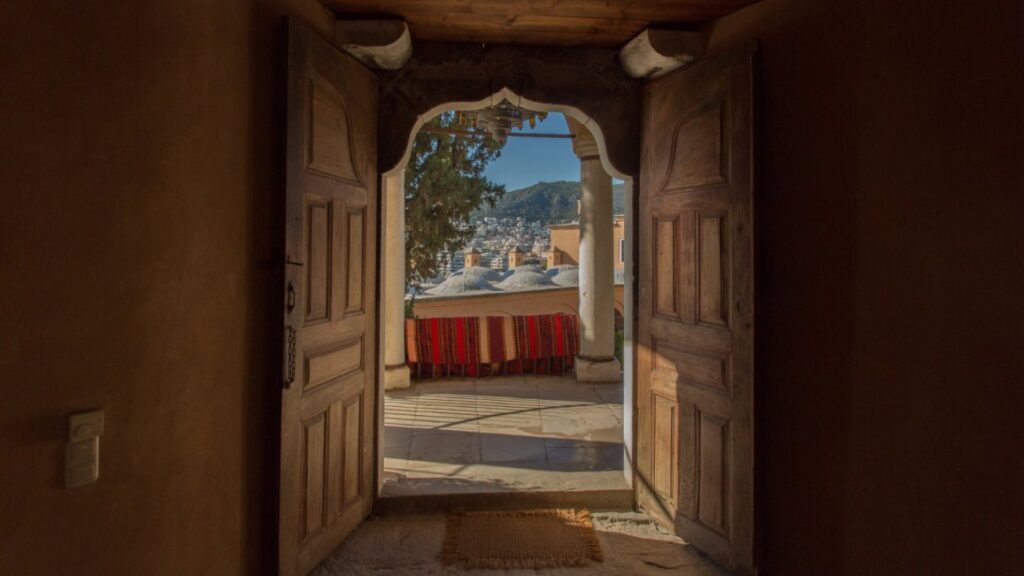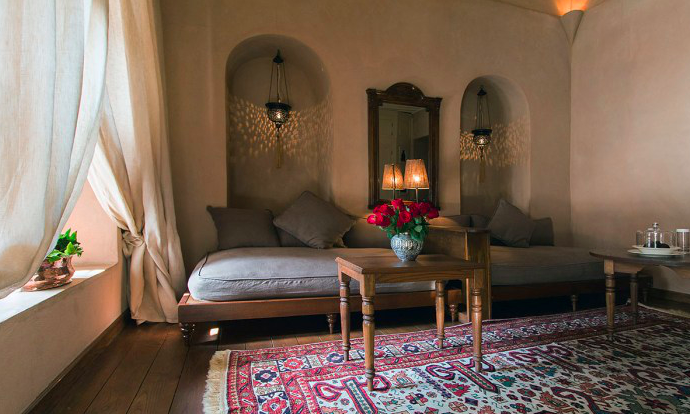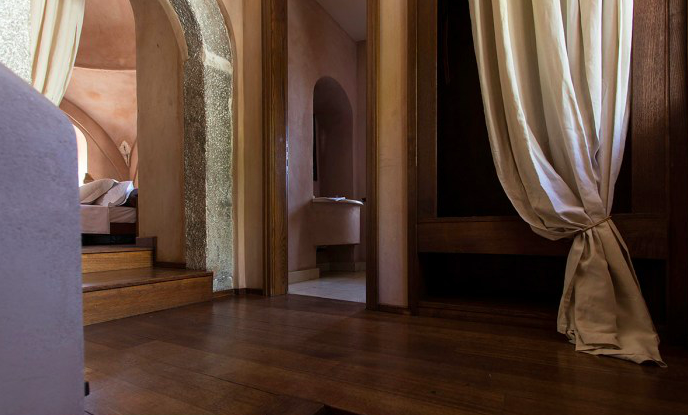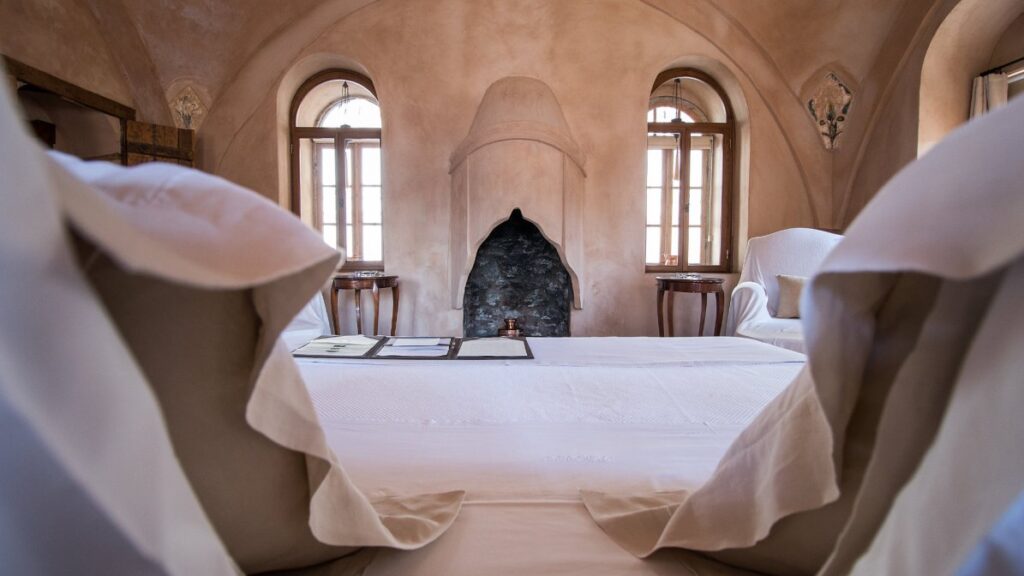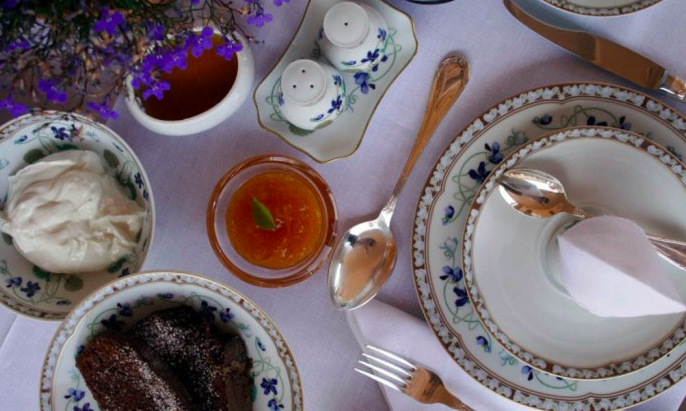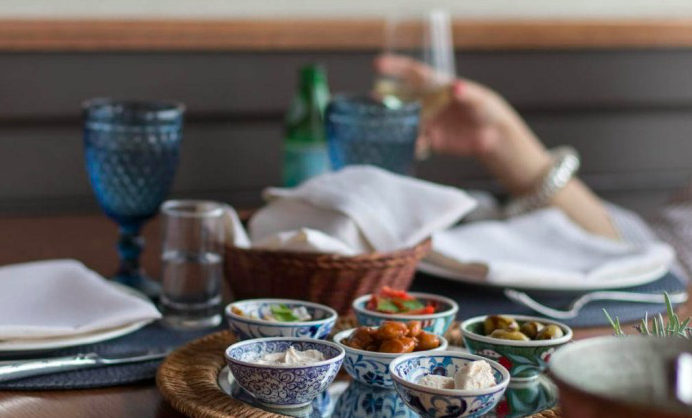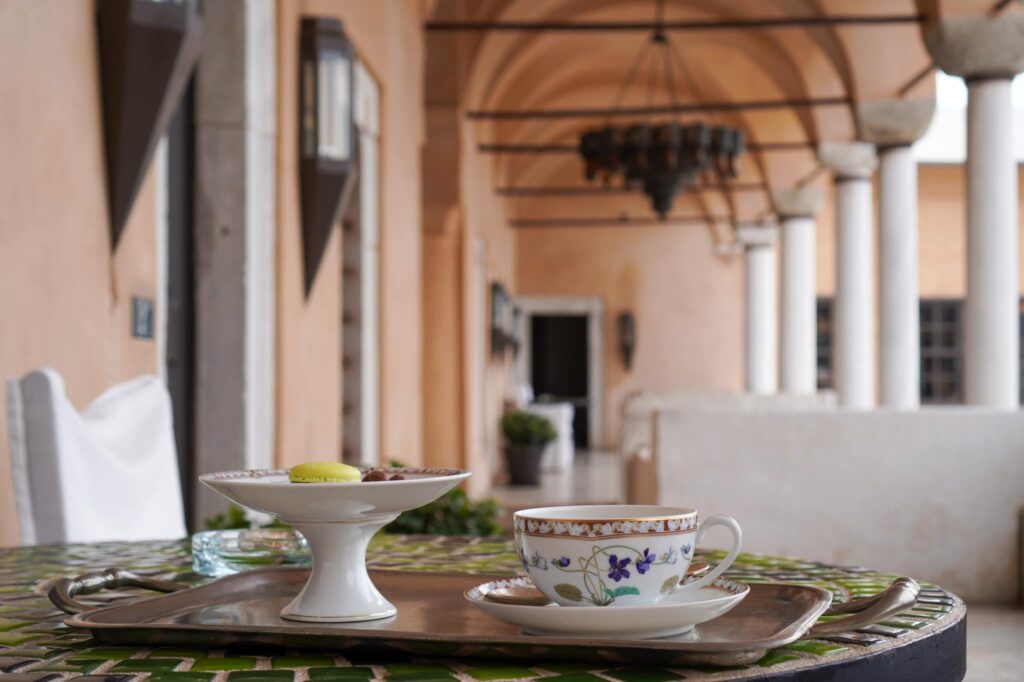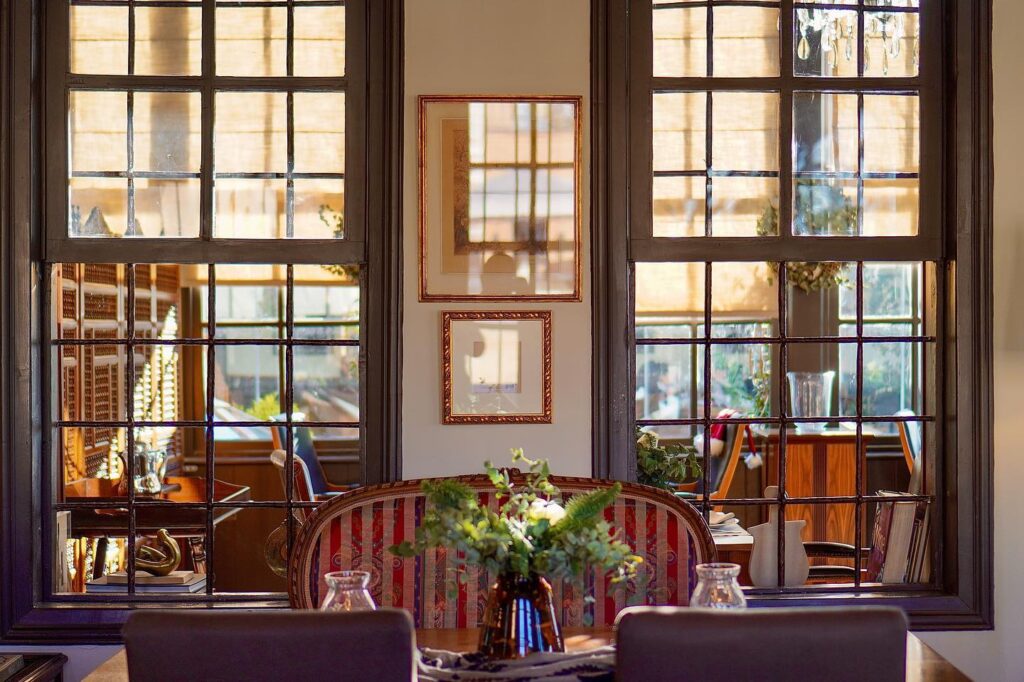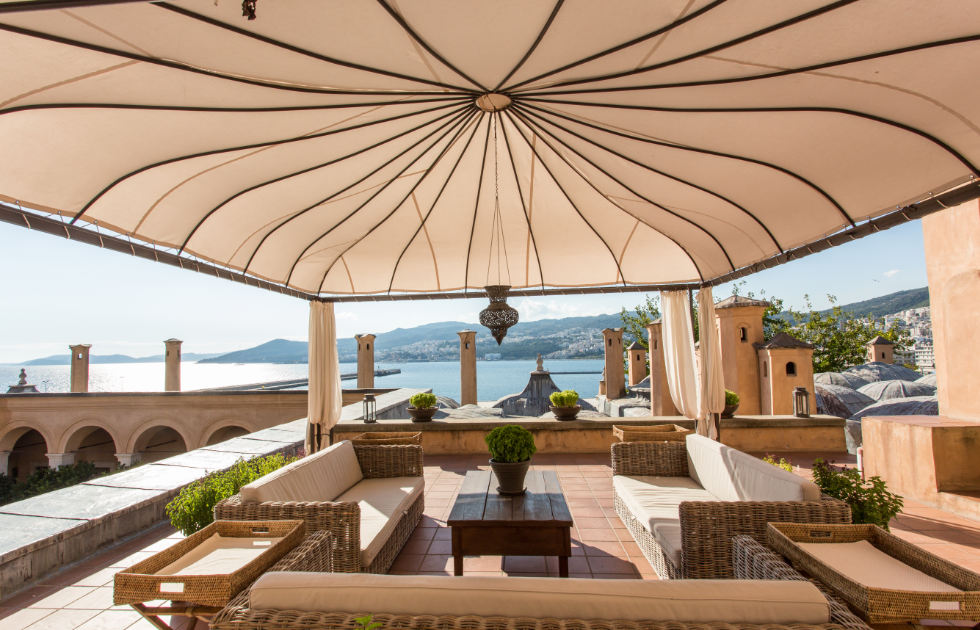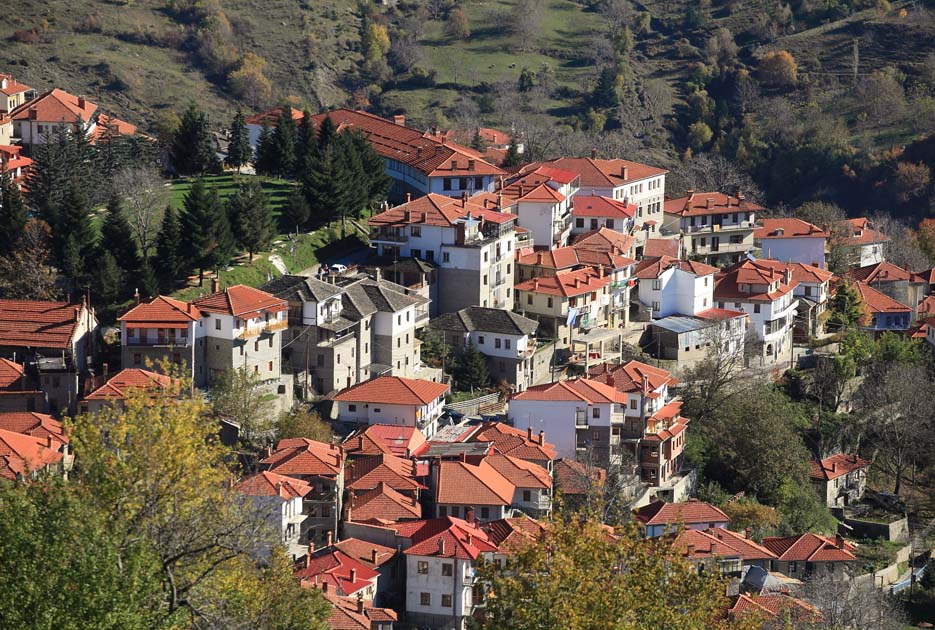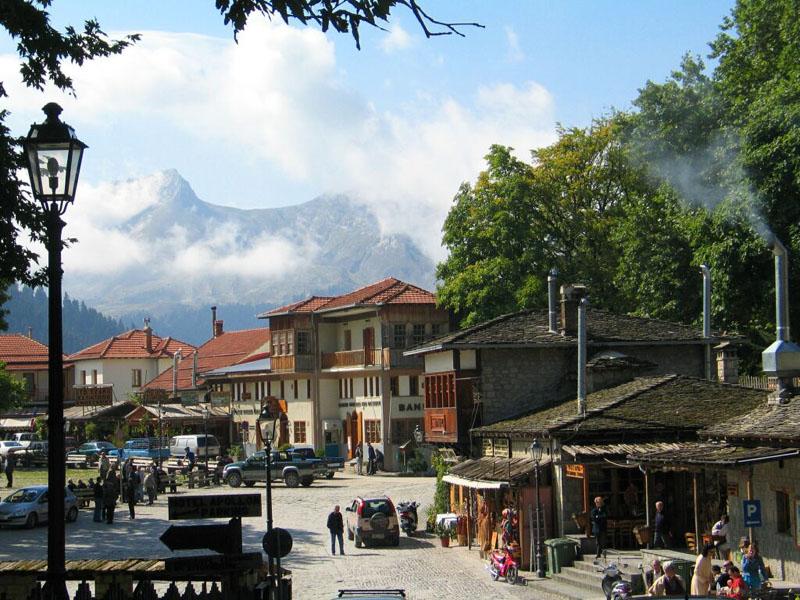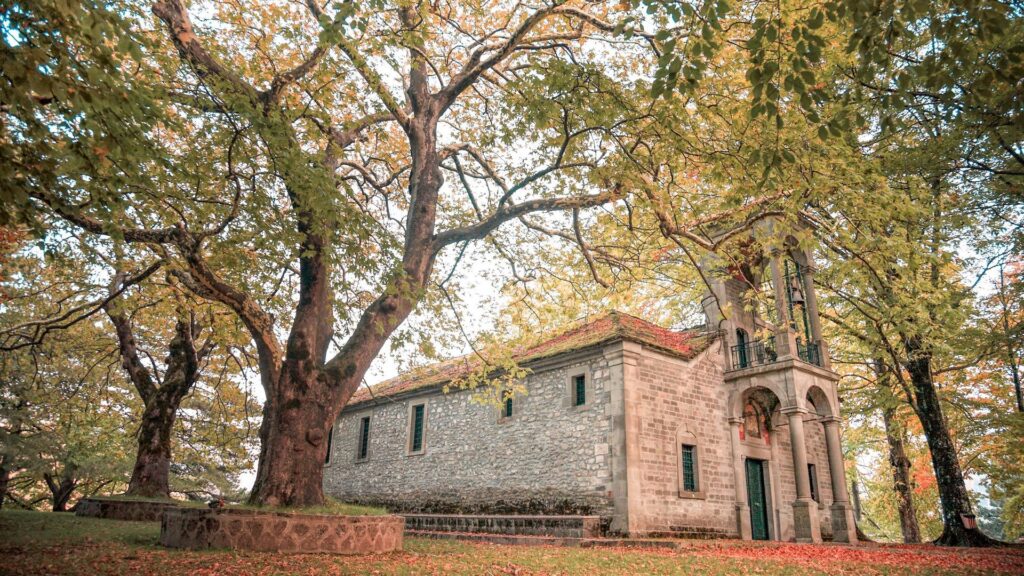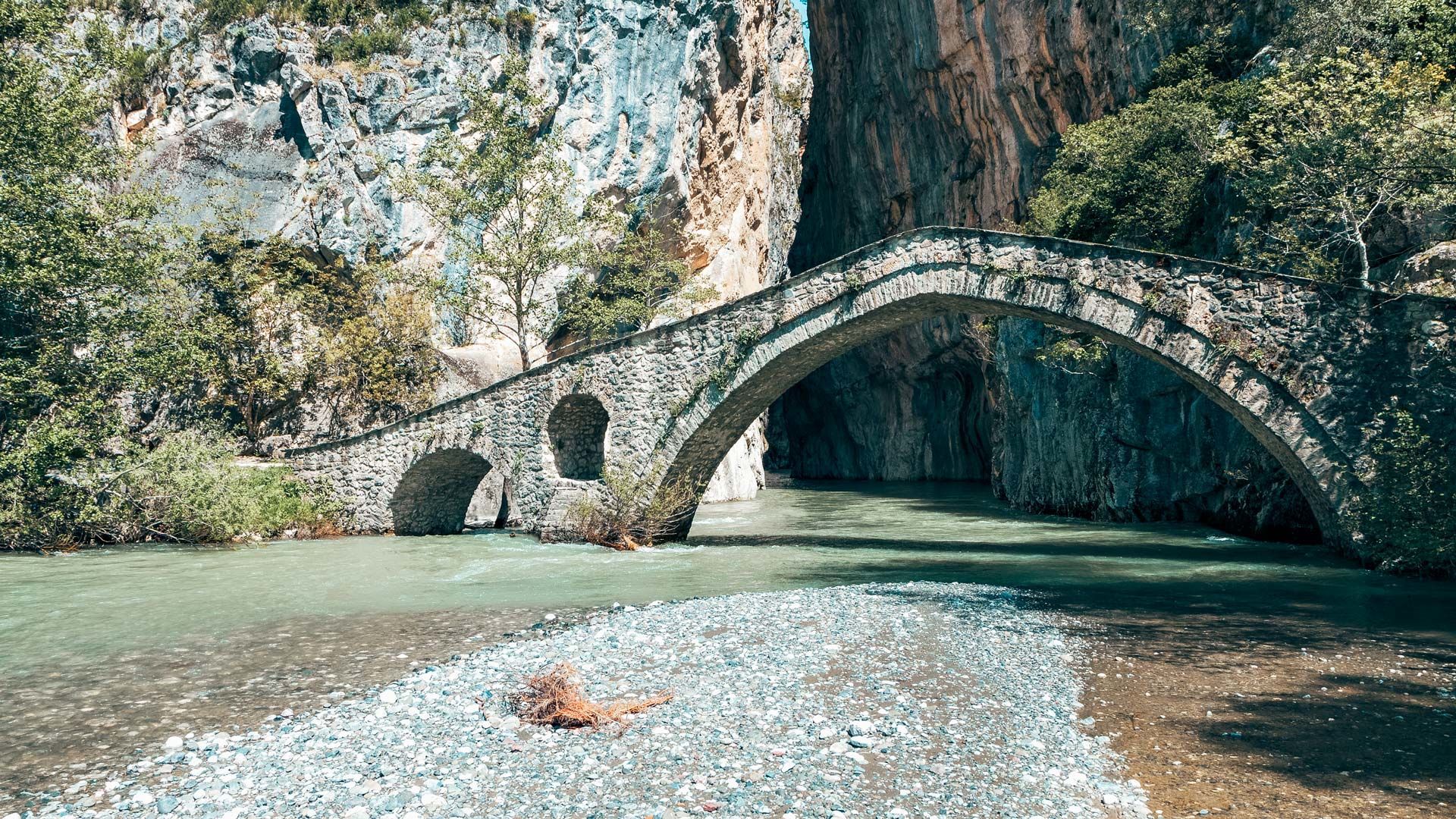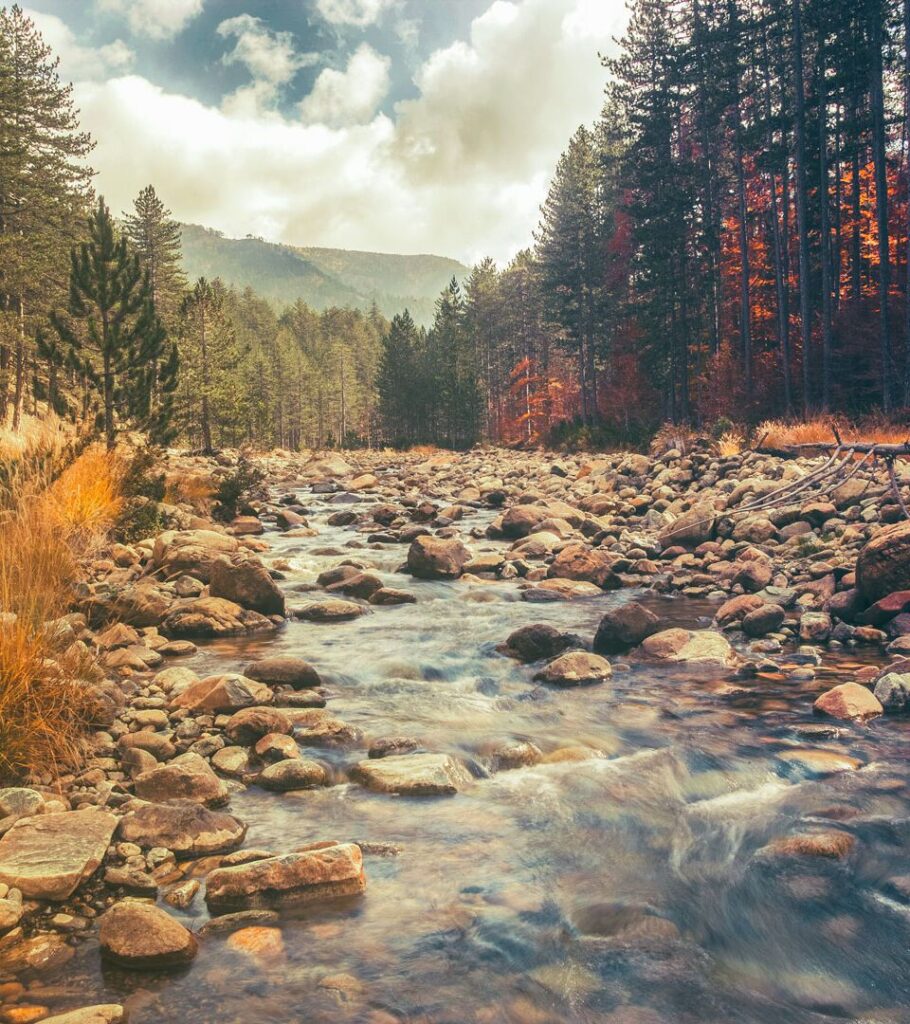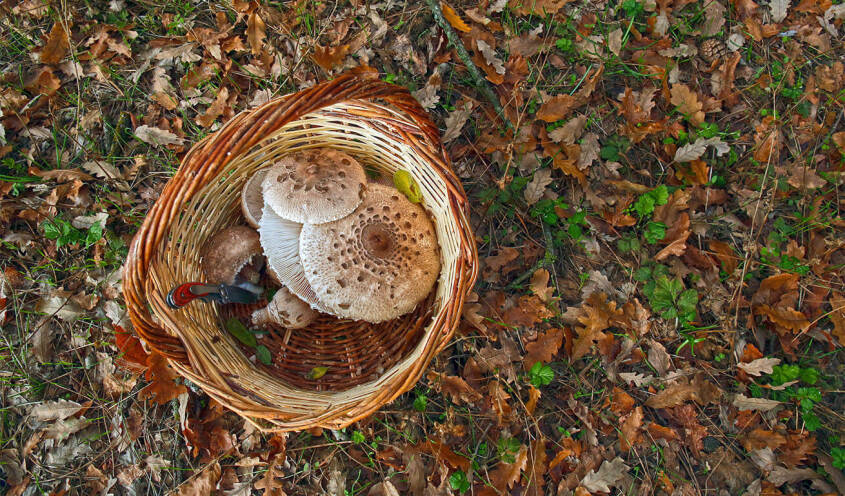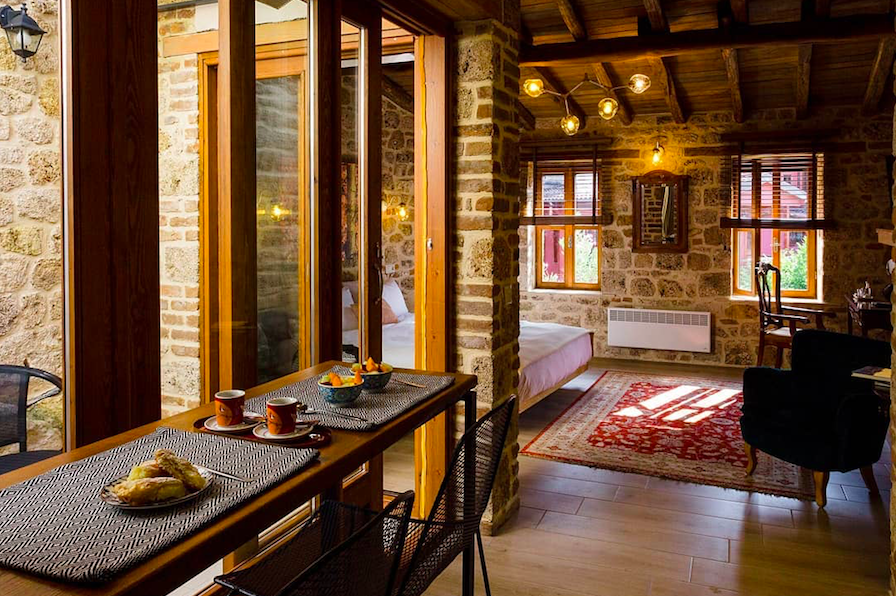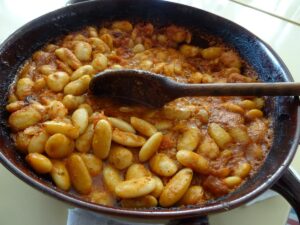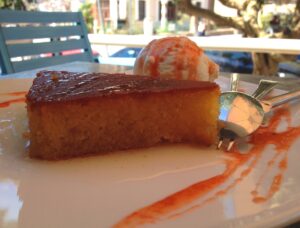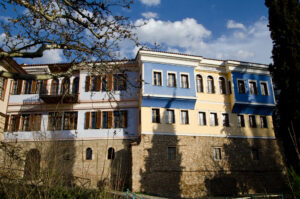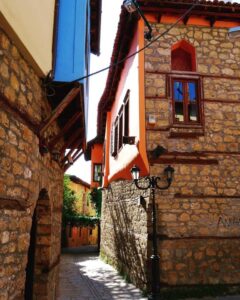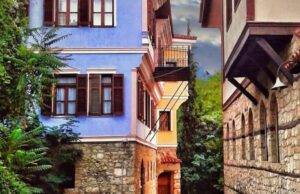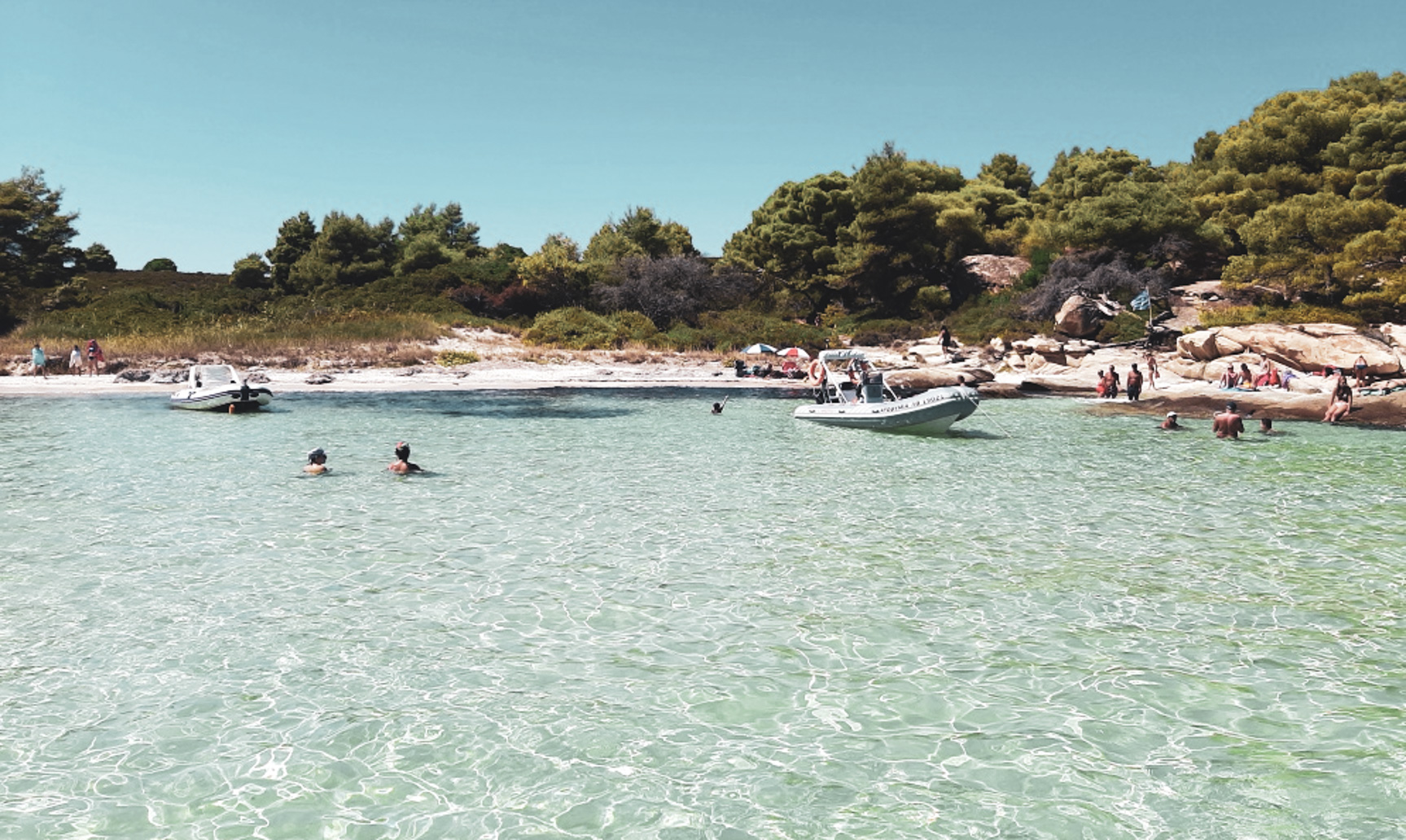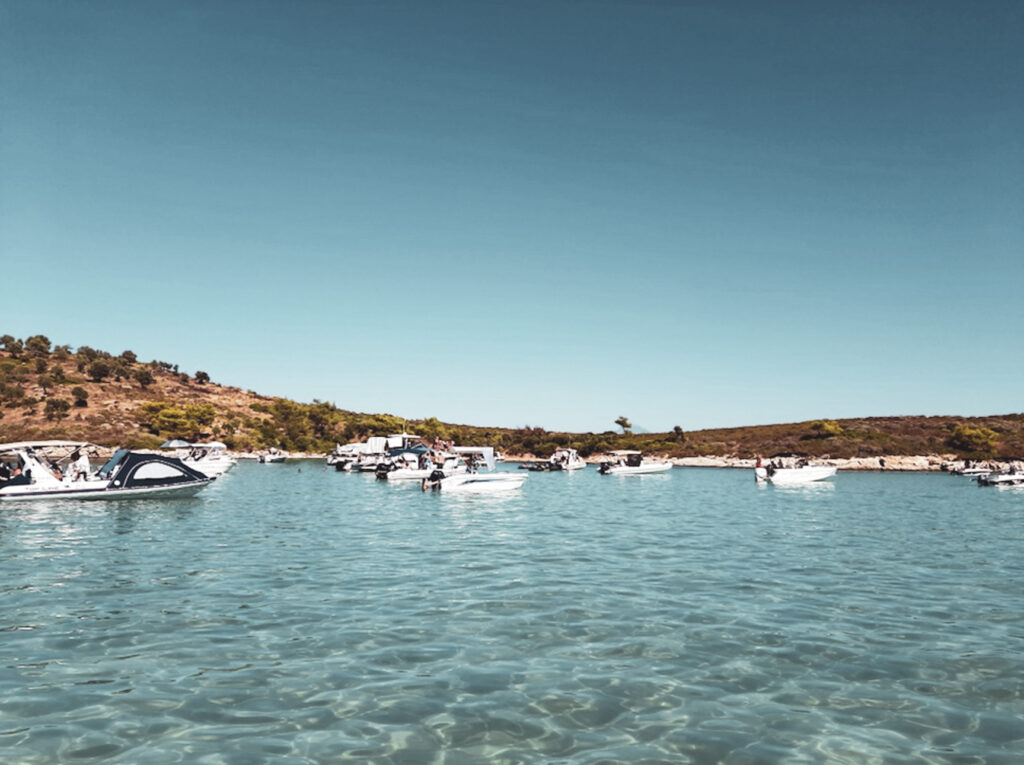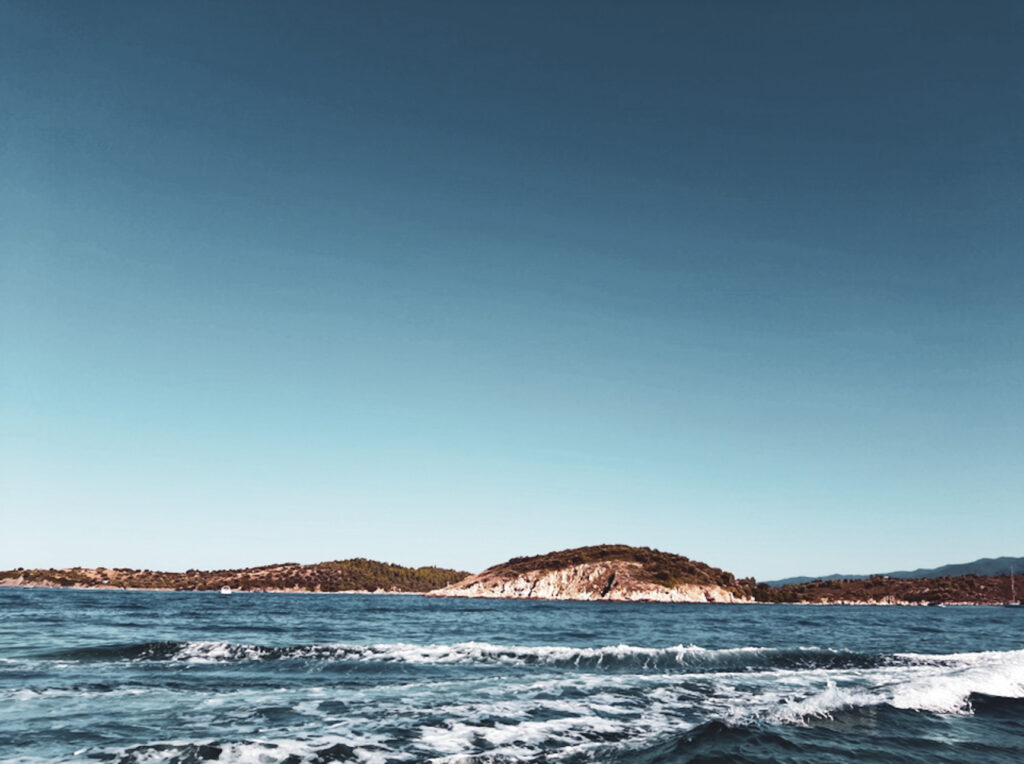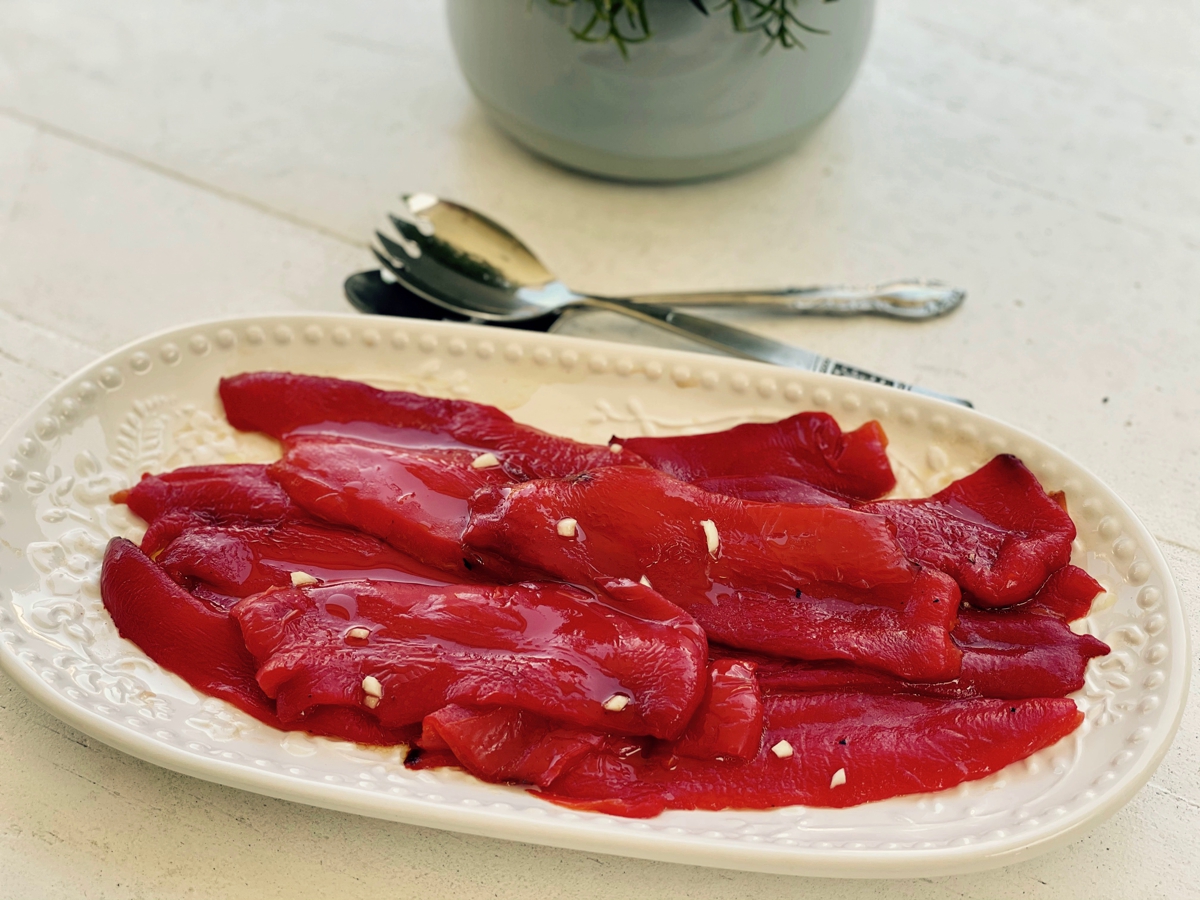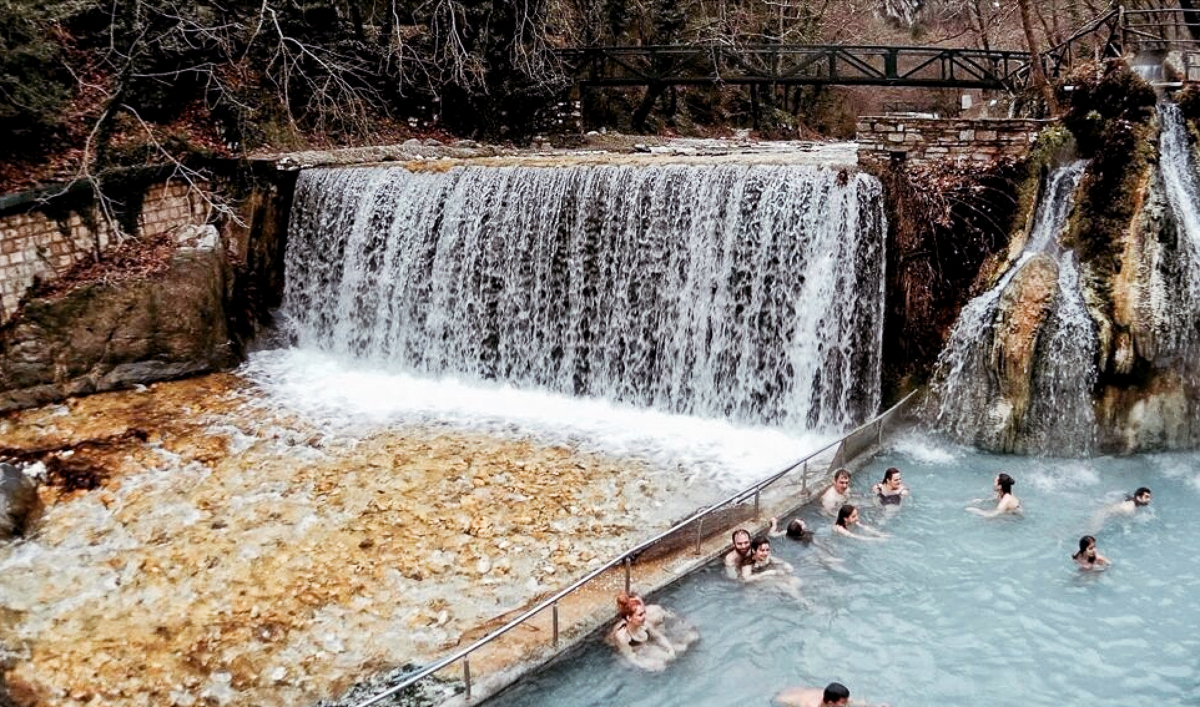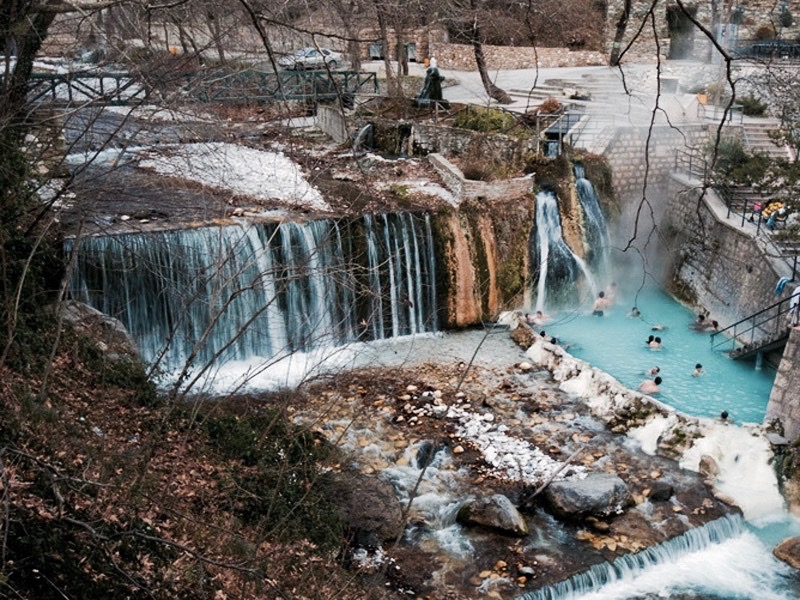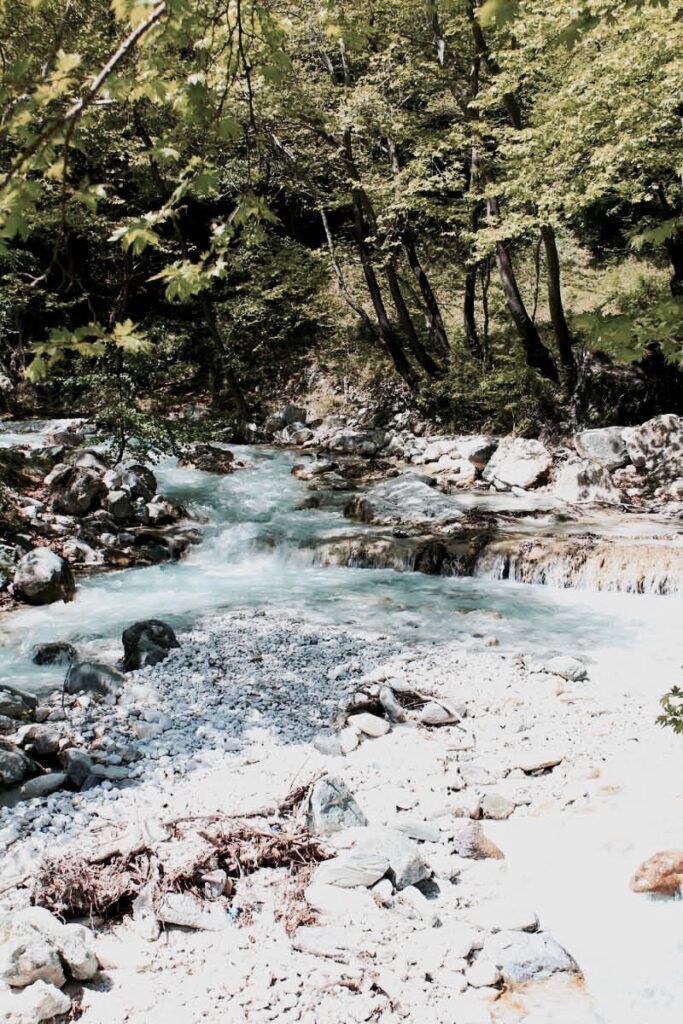Discover where to eat, drink, stay and play, when visiting the jewel of Western Macedonia – with our travel guide to Kozani.
Visitors to Kozani are lured by its rich history, culture and natural beauty- including mountains with dense vegetation, forests, rivers and lakes. This under-the-radar city in Northern Greece is an ideal place for those who love road trips that lead to wonderful discoveries along the way.
Just one and a half hours away from Thessaloniki by car, those who visit Kozani for the first time are enchanted by its landscapes, surprised by the warm local hospitality and undoubtedly leave the city with a saffron tinge on their lips and the smell of fragrant flowers, which are blooming all year round!
Travel Notes
Perfect place for: Couples, groups of friends, and a leisurely weekend.
Where to stay: In the center of the city is the best place to stay, as you can get around on foot to discover the local markets, grab your morning coffee and visit nearby attractions.
Where to sleep: Ermionio is a striking 5-star hotel housed in a historic building and located in the heart of the city. For anyone looking for a longer stay, or to also get some work done while away, Smart Studio is fully equipped and only 5 minutes away from the town square.
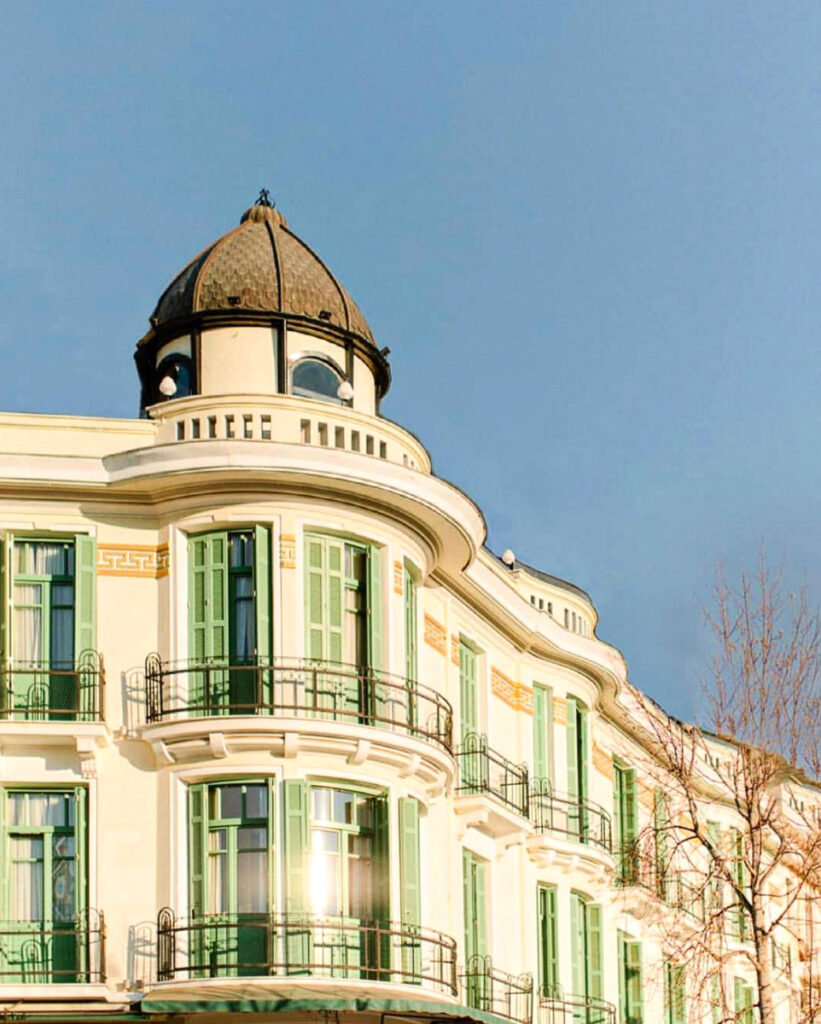
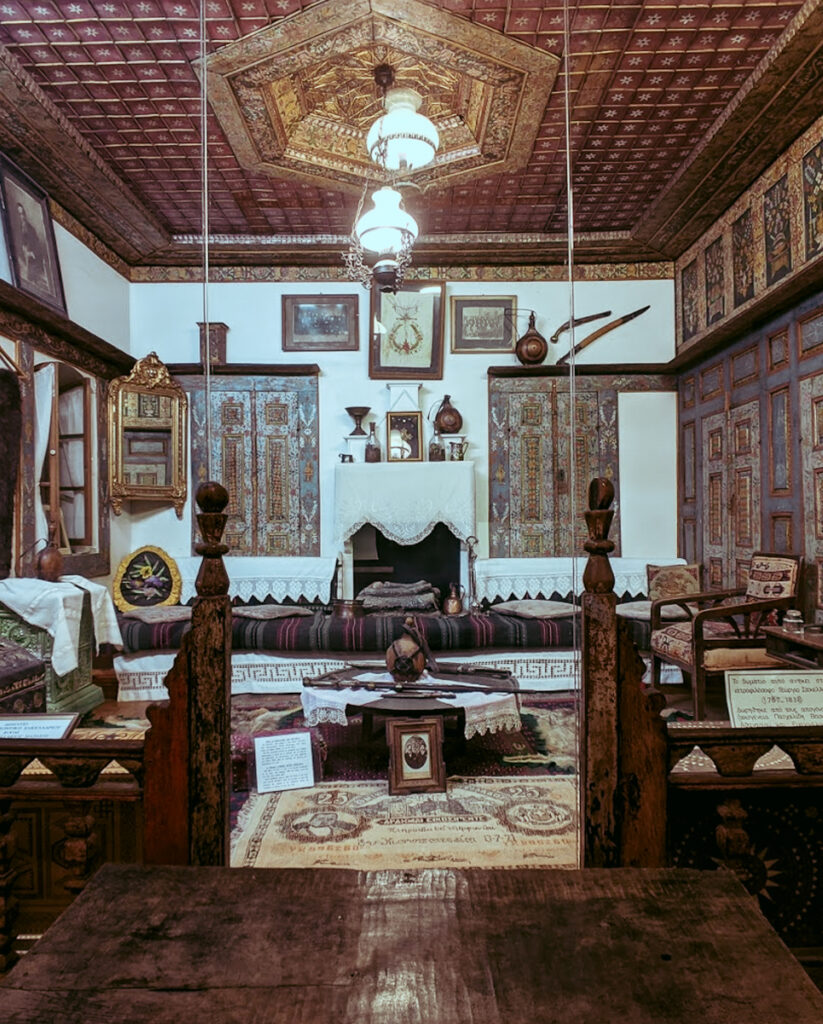
Must See + Do
Τake long walks through the picturesque alleys of the city, drink coffee under the clock in the main square, taste local cuisine in small family-run taverns, and visit cultural sights (listed below). Drives to nearby villages and the lake are also a must.
Cultural Hotspots
Built somewhere in the 17th century, the Koventareios Municipal Library was originally founded as a school. Today it’s one of the largest modernly renovated, historical libraries in Greece and includes over 153,000 volumes, manuscripts, Turkish firmans, codices and many rare publications. Among them, the Charter of Riga Feraios stands out.
The Archaeological Museum of Kozani is housed in the Panagiotideo Mansion, a beautiful neoclassical building in the centre of the city. Its collections include finds from prehistoric to early Christian times.
The Folklore Museum of Kozani is of great interest, as its premises host a Natural History Exhibition from the Paleolithic era to modern times, an Archaeological-Byzantine exhibition, a Historical and Folklore exhibition, a gallery, as well as a collection of stamps and radios. In the basement of the museum, visitors can also find a small cave with stalactites and stalagmites.
Just a breath away from Kozani, at a distance of 22 kilometers, is an archaeological site and the Archaeological Museum of Aianis, which was the capital of one of the strongest kingdoms of Upper Macedonia. In the museum’s collections, you will see findings from the Late Bronze Age as well as exhibits from the archaic-classical period.
Not far from Aiani, you can also visit the Museum of the Macedonian Struggle, in the village of Chromio. The village is located on Mount Vourinos (Bourinos) 32 kilometers away from Kozani.
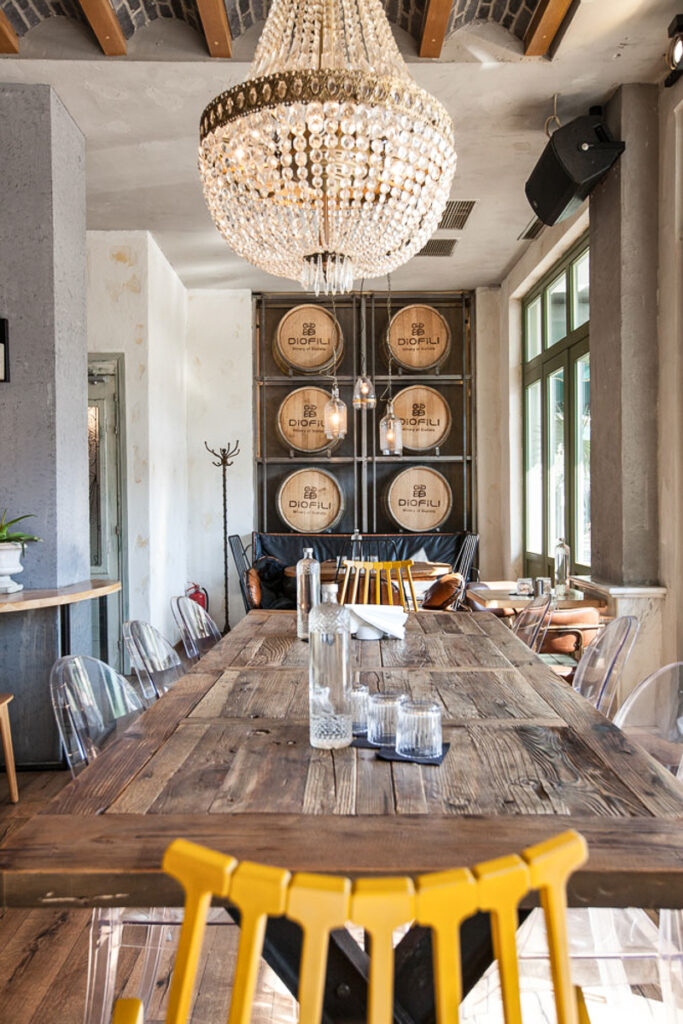

Eat & Drink
Breakfast/Brunch
Q Garden: In the centre of town is the best place to start your day with a cup of coffee and a delicious breakfast – all overlooking the central square of the city. (Νikis Square 11, Kozani)
El Barrio: An all-day café bar with panoramic views of the city, here you can enjoy brunch while gazing from above the city and the central clock- the most characteristic landmark in the heart of the square. (Nikis Square 16, Kozani)
Lunch
Kotetsi: This cozy tavern has a wide range of mezedes to choose from, as well as chicken-based dishes and excellent quality local wine. Must try: We highly recommend the chicken gyros with mustard sauce. (Drizi 3, Kozani)
Το Pelagos: The best seafood choice in the city takes visitors on a journey through aromas of the sea and fresh ingredients. Must try: seafood risotto and saganaki mussels. (Mitropoliti Konstantinou 1, Kozani)
Dinner
Trypokaridos: This awarded restaurant serves local cuisine that can be enjoyed throughout the day. The chefs are ready to impress guests with special dishes made with saffron (and love). Must try: Ravioli with saffron, risotto with tartuffo, steak and potatoes. (Mourati 3, Kozani)
Stou Aiona tin Paraga: A modern style tavern that offers the greatest local wine selection. Located in a charming alleyway, here you are sure to enjoy the great vibe and locally produced wine. Must try: meatballs, chicken gyros, local wine. (Kompanias 2, Kozani)
Sweets
Amorino: One of the best and oldest pastry shops in Kozani, Amorino is a place where classic Greek dessert recipes meet and blend with modern flavours. (Gertsou Konstantinou, Aristotelous, Kozani)
Elite: Step inside this pastry store and be blown away by the gorgeous displays of decadent desserts and handmade gelato cakes that are presented in pretty packaging for you to take away and enjoy. (2 S. Blioura, Kozani)
Zande: Visiting this small pastry shop is an experience that should not be missed by anyone visiting Kozani for the first time. It’s popular thanks to their secret Touloumbes (traditional sweet that is similar to churros) recipe! Simply delicious – this is an absolute must! (28 October Square, Kozani)
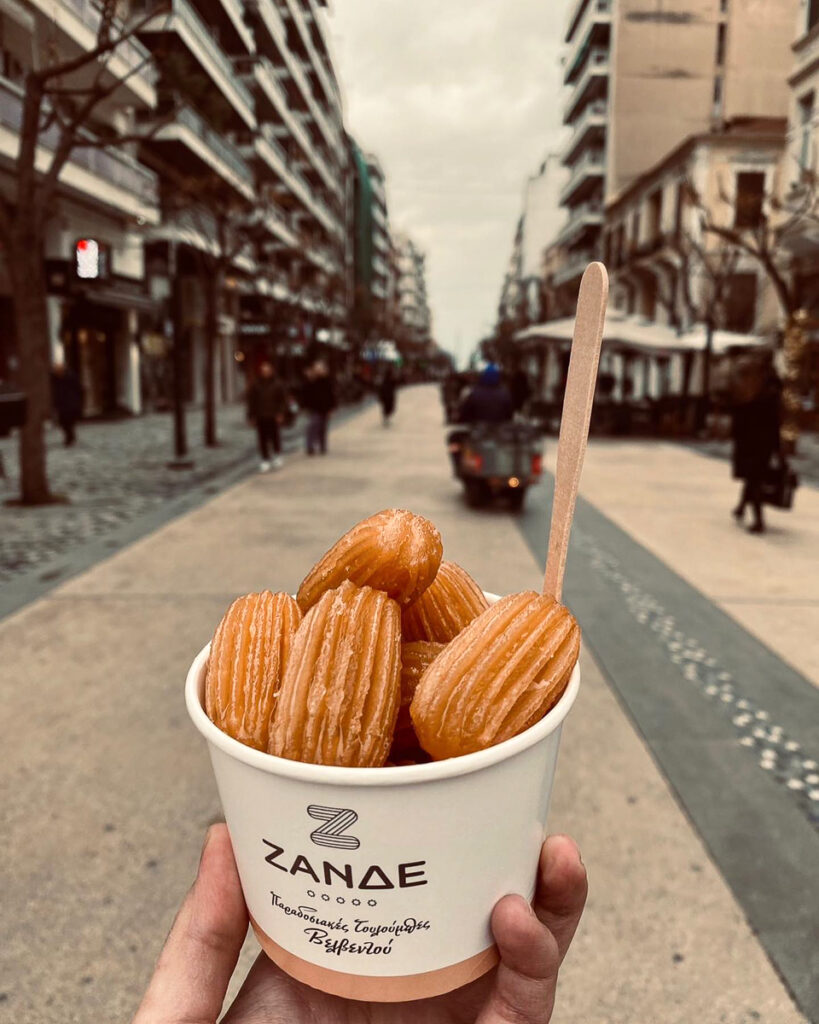
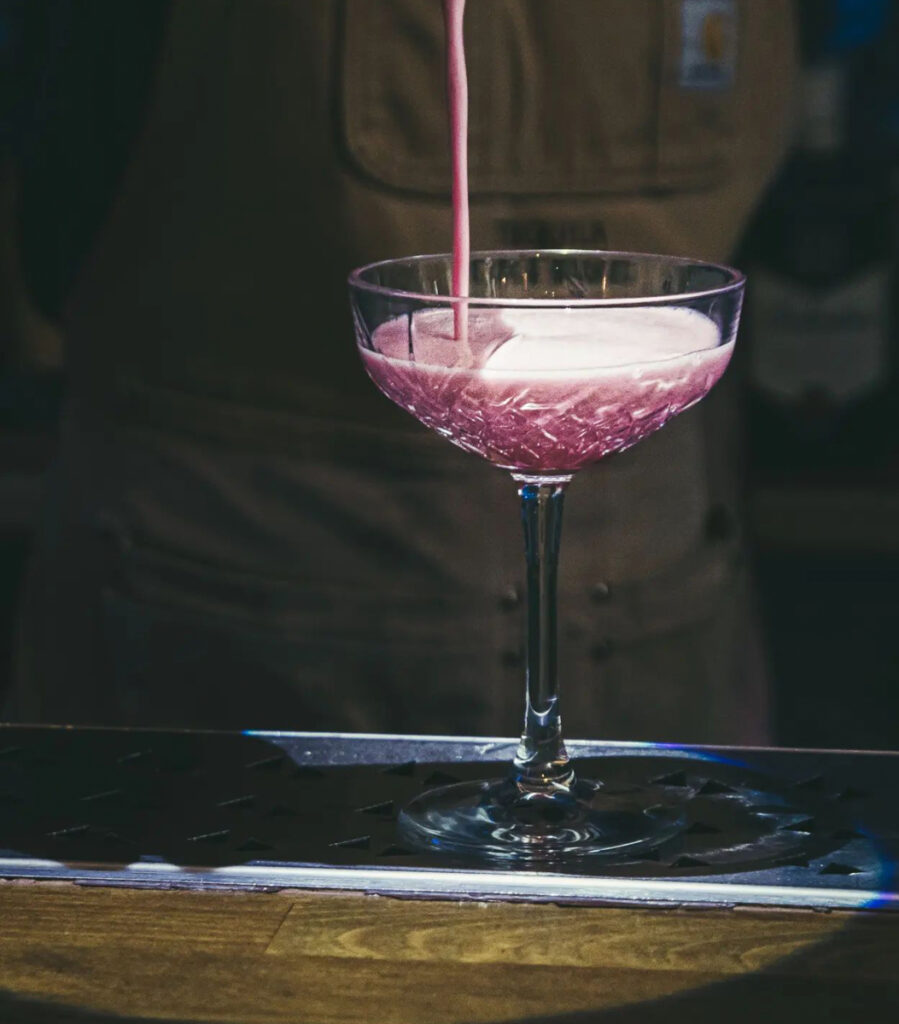
Drinks
Funky Monkey: One of the best spots to enjoy an aperitivo– great décor, impressive cocktail list and funky music playing. (1 Aliakmonos, Kozani)
Vatrakoukos: An urban-style all-day bar, it’s one of the most popular spots in town and perfect for an unforgettable night out. Fridays and Saturdays are no doubt the busiest – attracting a young, cool crowd. (Irini 5, Kozani)
Local flavours
Krokos Kozanis is an exclusivity of the region that has been recognised since 1999 as a Protected Designation of Origin of the European Union. Krokos widely known as saffron, is one of the most expensive culinary spices in the world and here in Kozani you can find it in every local dish, buy it as a product or even drink eat in tea or tsipouro!
Bajos is another local product to try. It’s a semi-hard brine cheese made from partially skimmed goat’s milk – spicy and characteristically salty – it’s ideal for grilling or frying.
Discover
Local Gems
Lake Polyfitos is an artificial lake formed by River Aliakmonas, located about 20 kilometres from the city of Kozani. Two bridges join its banks with one of them, the spectacular Polyfytos Bridge – also called the High Bridge of Servia, a name taken by the nearby town of Servia- being one of the longest bridges in Greece. A true landmark for the area, Polyfytos Bridge was built in 1975 and ever since it has been a major point connecting the region of Thessaly to the region of Western Macedonia. Unfortunately though, at the moment the bridge is closed for construction purposes so visitors are advised to use the second bridge that is the Rymnio Bridge, named after the village of Rymnio. Lake Polyfytos not only is the biggest water reservoir in Macedonia, supplying irrigation water to the fields of Veroia and Thessaloniki but it is also one of the richest aquatic environments of the area. Seventeen species of freshwater fish have been recorded in the waters around here, while it has also emerged as an important place for birdlife, with 128 species of birds recorded. At the lake’s northern end is the settlement of Neraida, with a spectacular view of the bridge and the lake. Originally, the village of Neraida was located at what is now Lake Polyfytos. The village had to be transferred to another location so the government donated a prime location to the locals, the top of the hill by the lake to re-build their community. Nowadays, Neraida is the number one tourist destination in the Municipality of Kozani and a must-see place as visitors can enjoy their coffee or lunch while having 360-degree views of the lake and the town of Servia.
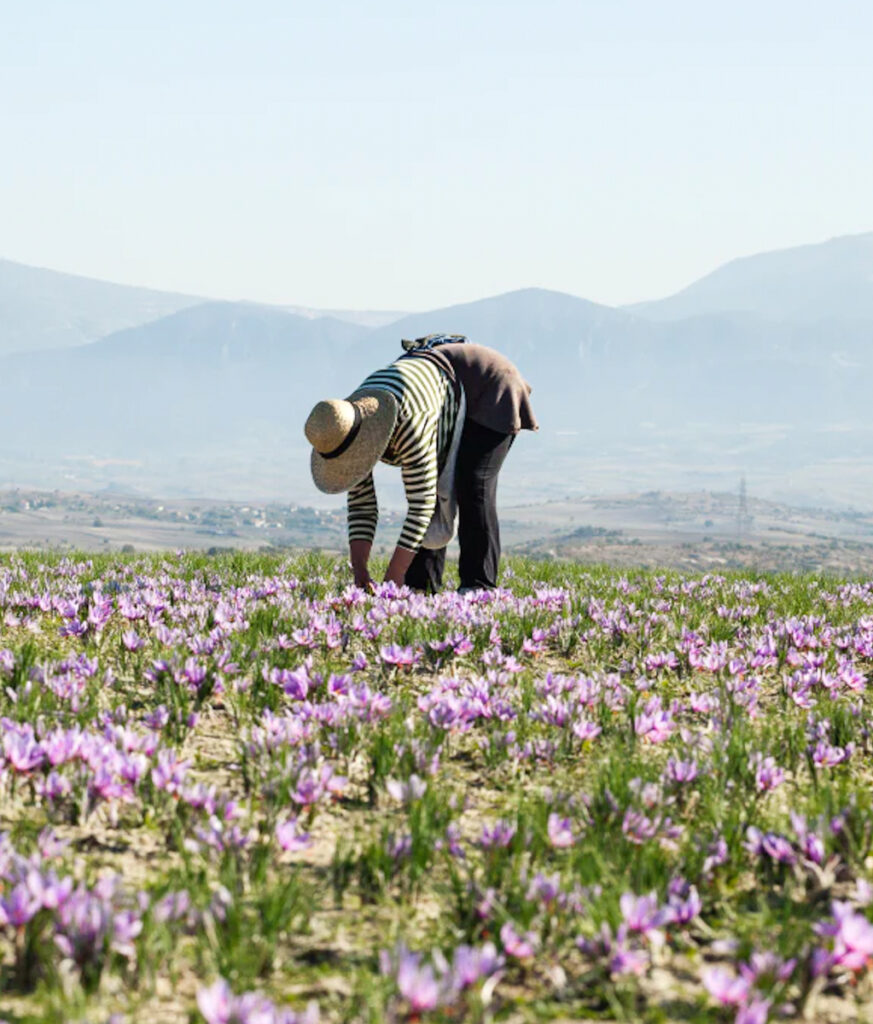
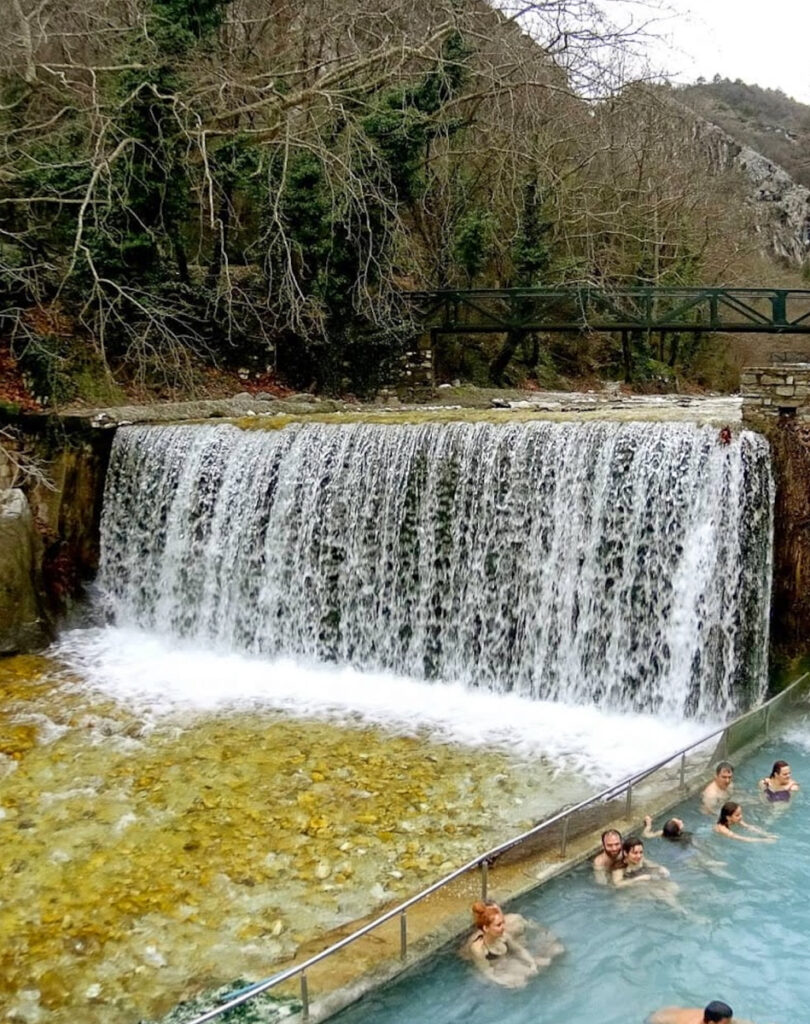
Ultimate Daytrip
Head across to the famous Pozar thermal baths which are filled with mineral springs and known for their therapeutic properties. Visitors use it for spa therapy, stimulation and relaxation, as the waters help fight circulatory, respiratory, rheumatic, gynaecological and dermatological diseases.
Make sure you take home…
Krokos Kozanis (Saffron) and any other local product that includes it! It’s the highest quality krokos and the only producer of saffron in Greece. The town of Krokos is the base of the Cooperative of Saffron Producers of Kozani, a cooperative that counts 2000 members spread between 40 small villages.
Essentials
Getting there: Kozani is 120 km distance from Thessaloniki, about 1.5 hours by car. While the distance from Athens is 470 km, about a 5-hour drive from the Greek capital.
Best time to go: The carnival season (Apokries) in February/March is amazing as Kozani is one of the three Greek cities (after Xanthi and Patra) that celebrate carnival uniquely and unforgettably. Don’t miss out on the opportunity to take part in the ‘Fanoi’, big fires that take place each night for the entire duration of the carnival season in different locations scattered around the city.
Ideal time to stay: 2-3 days is perfect.
Getting around: We recommend hiring a car for daily trips to nearby cultural sites, however walking around the city is the best choice for seeing the town.
What to pack: Comfortable shoes, warm clothes if you are visiting in Autumn/Winter (it gets quite cold in the cooler months), an umbrella for unexpected rain, and a scarf for windy days!

